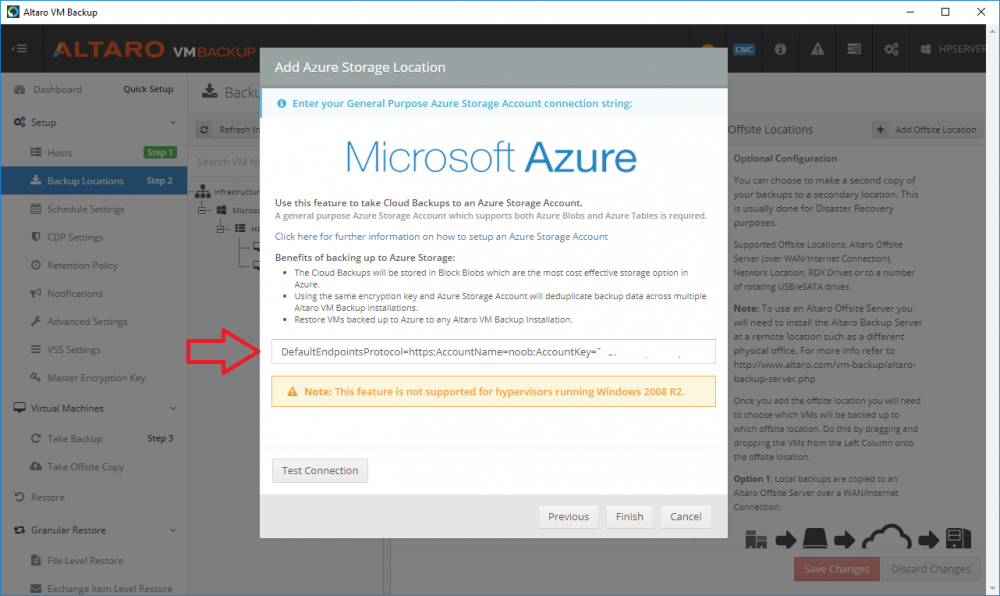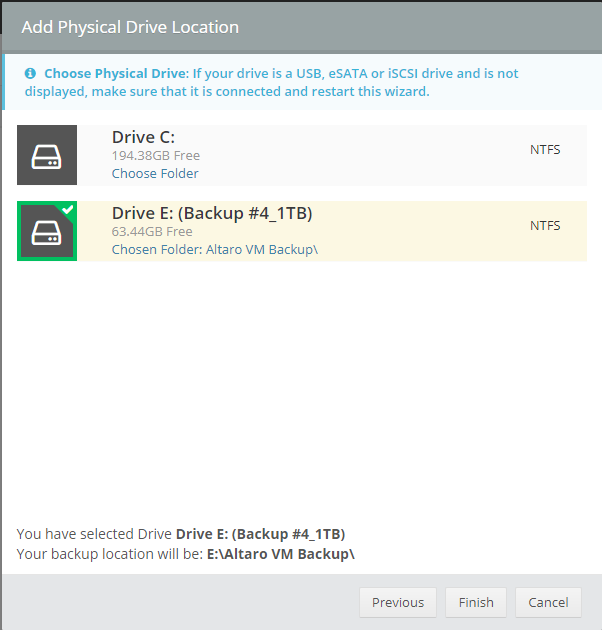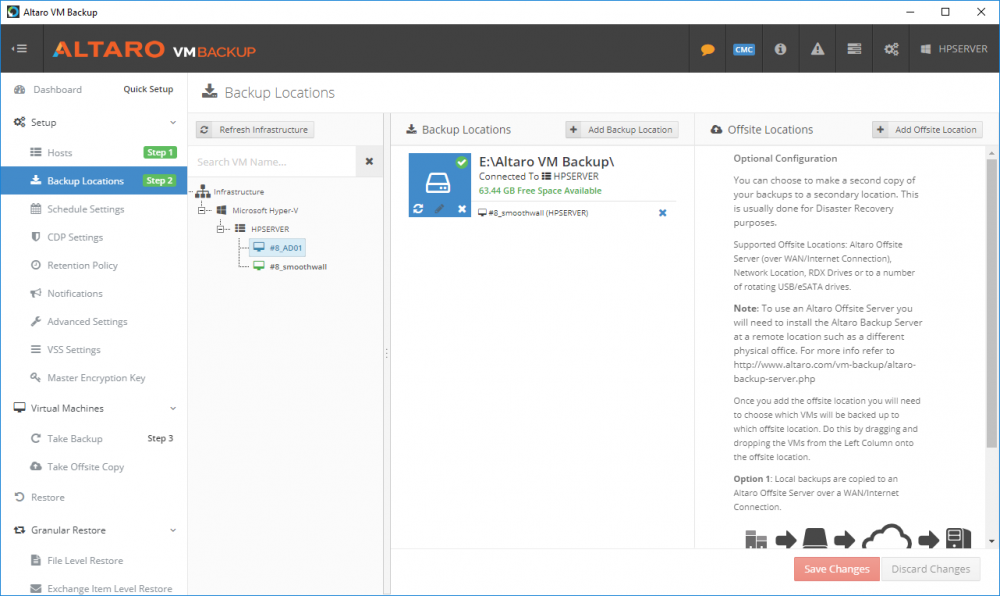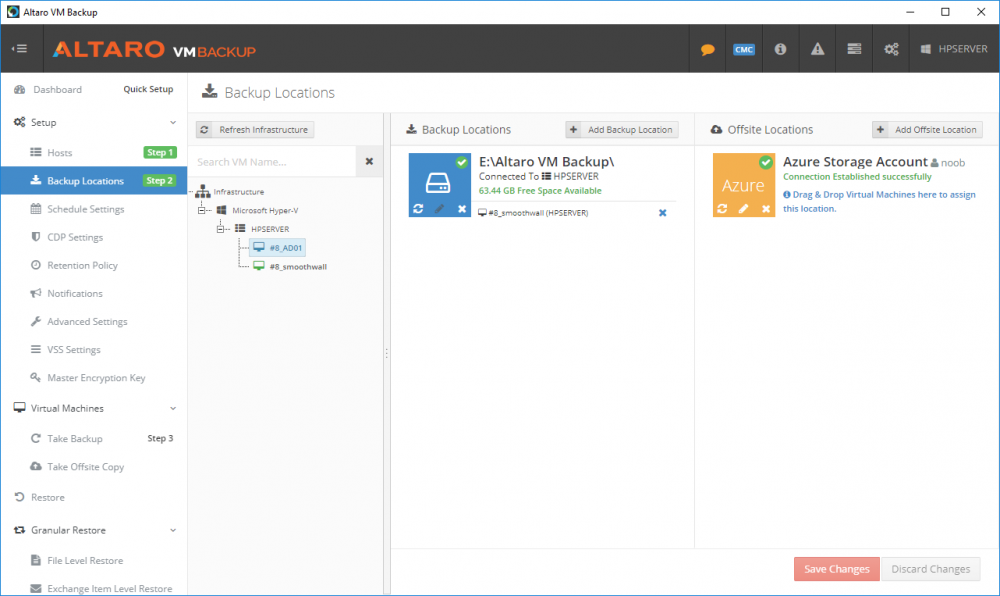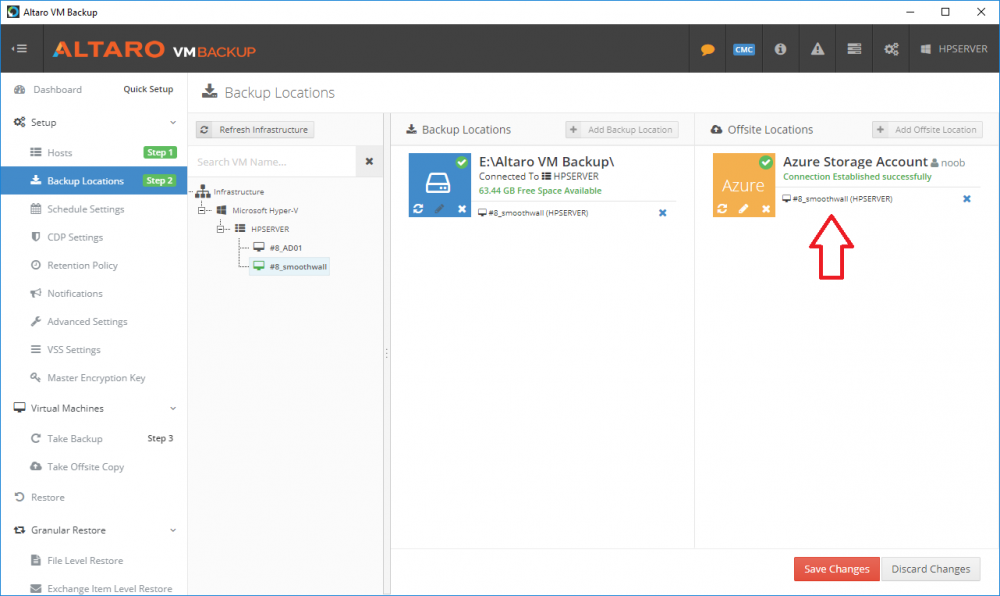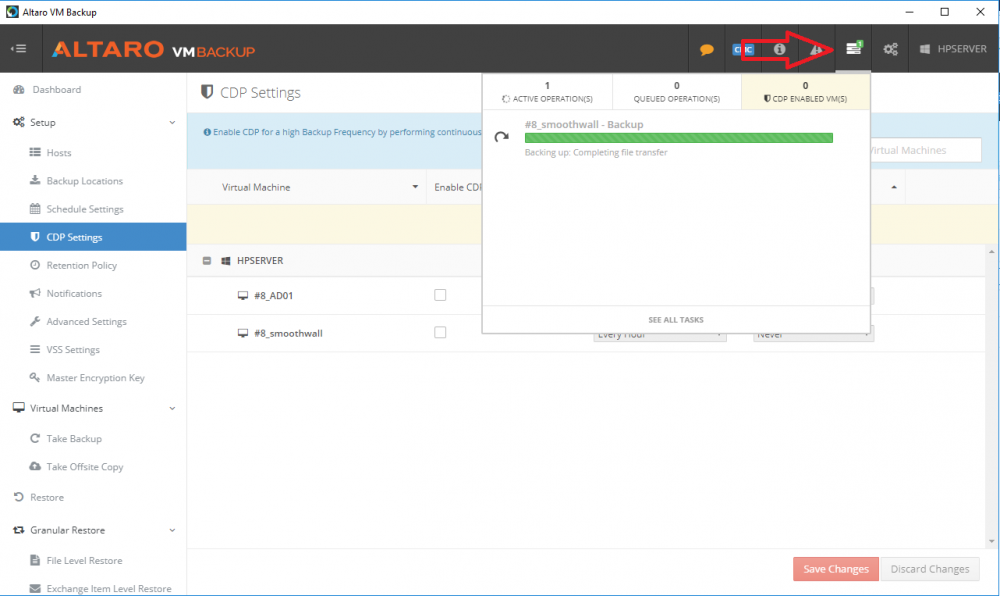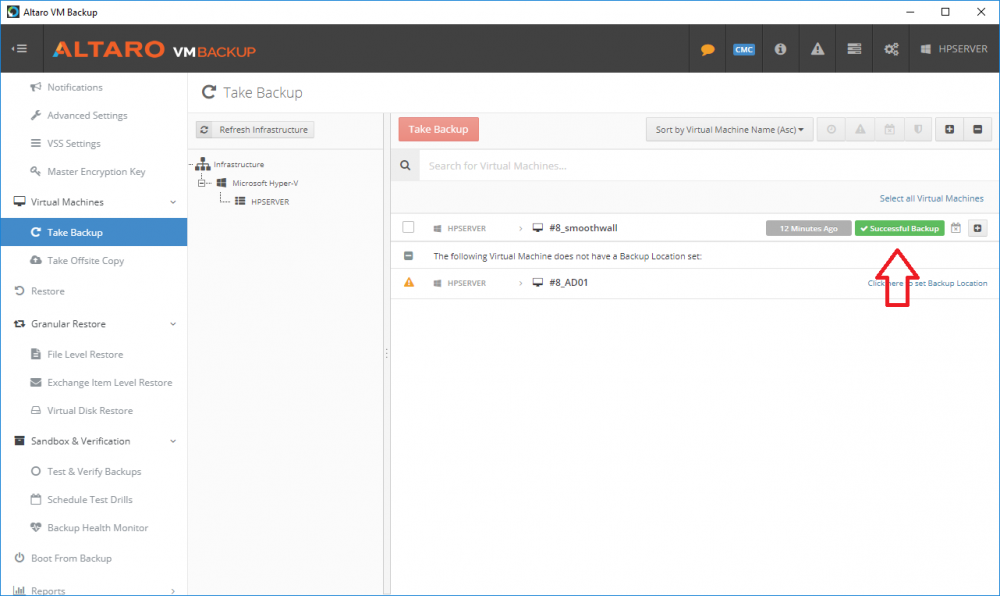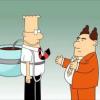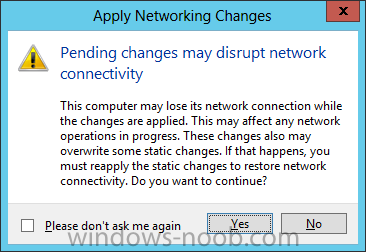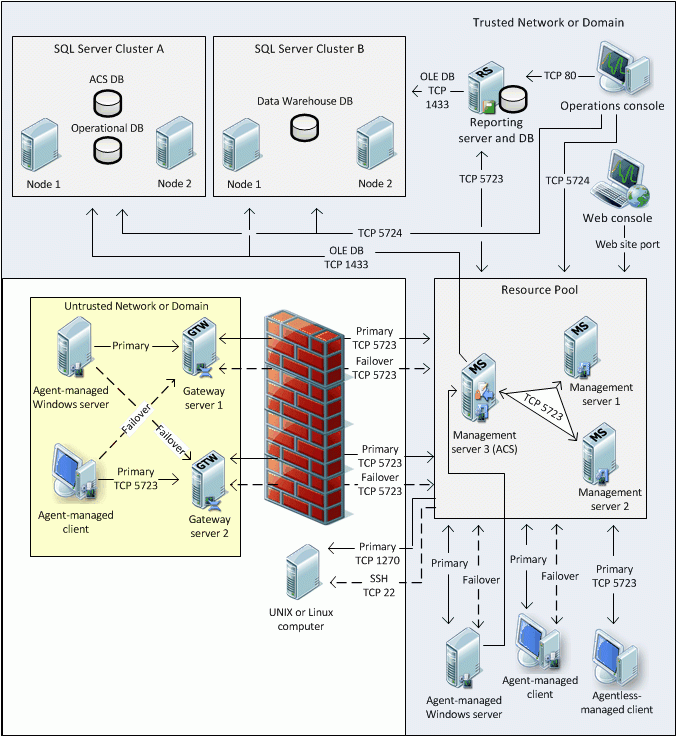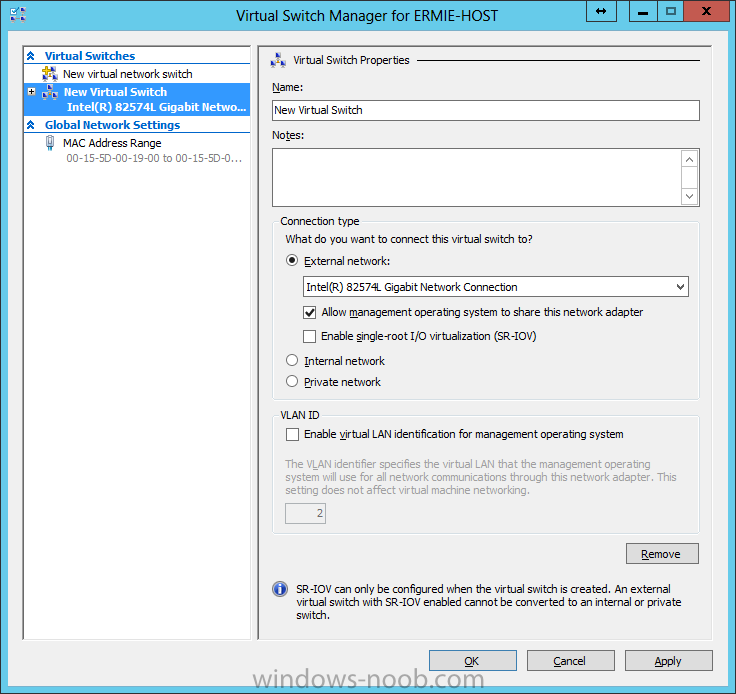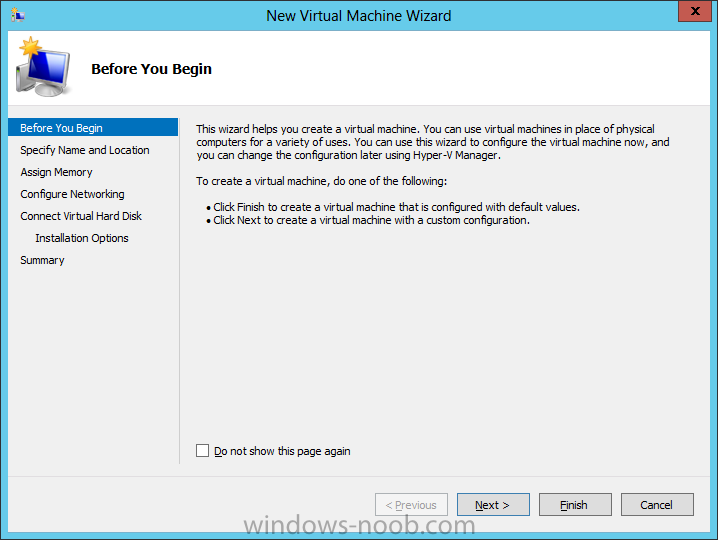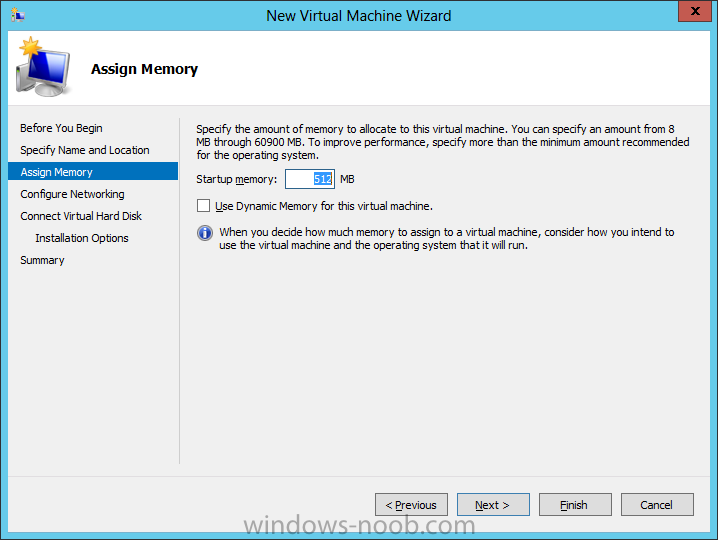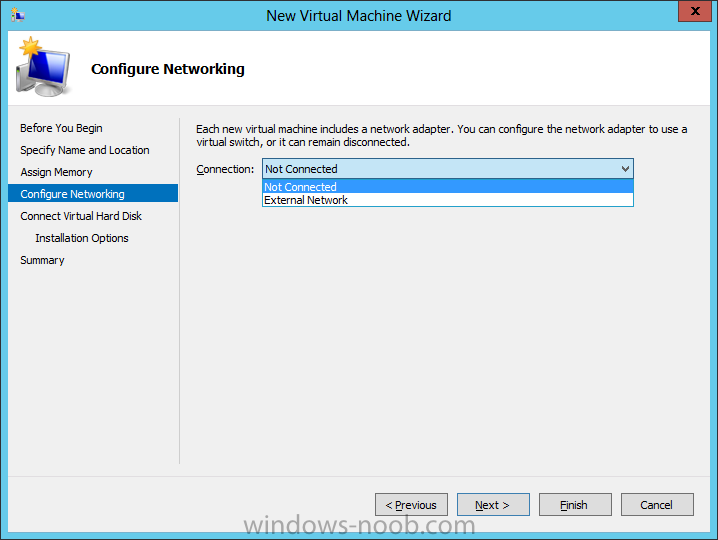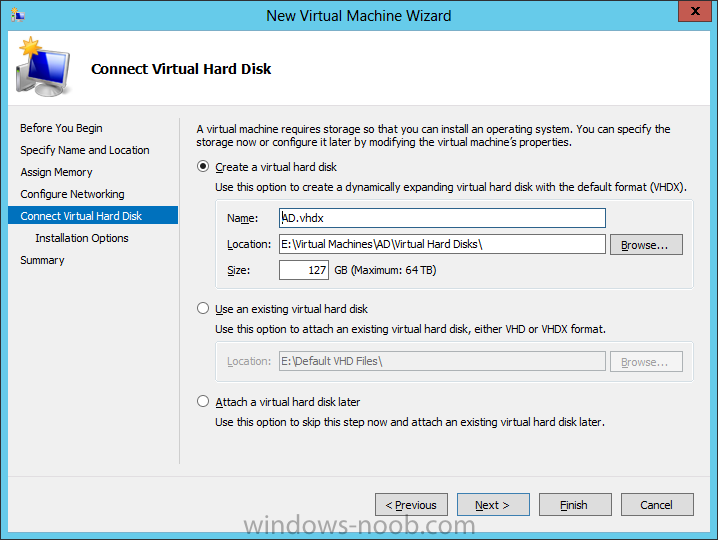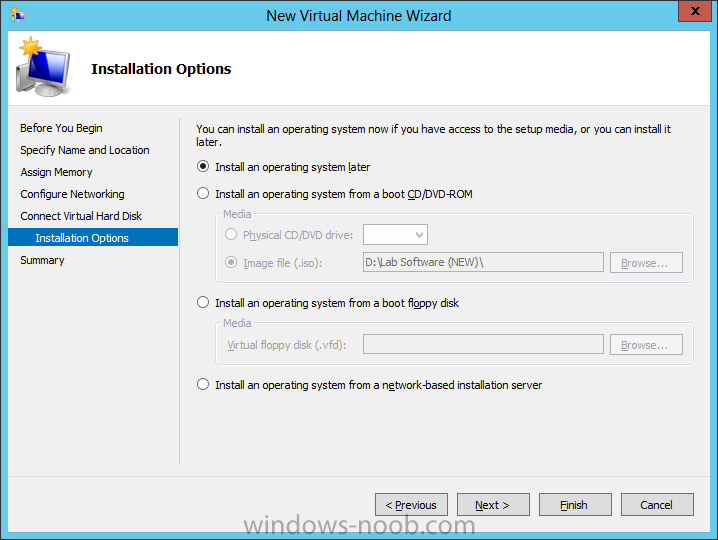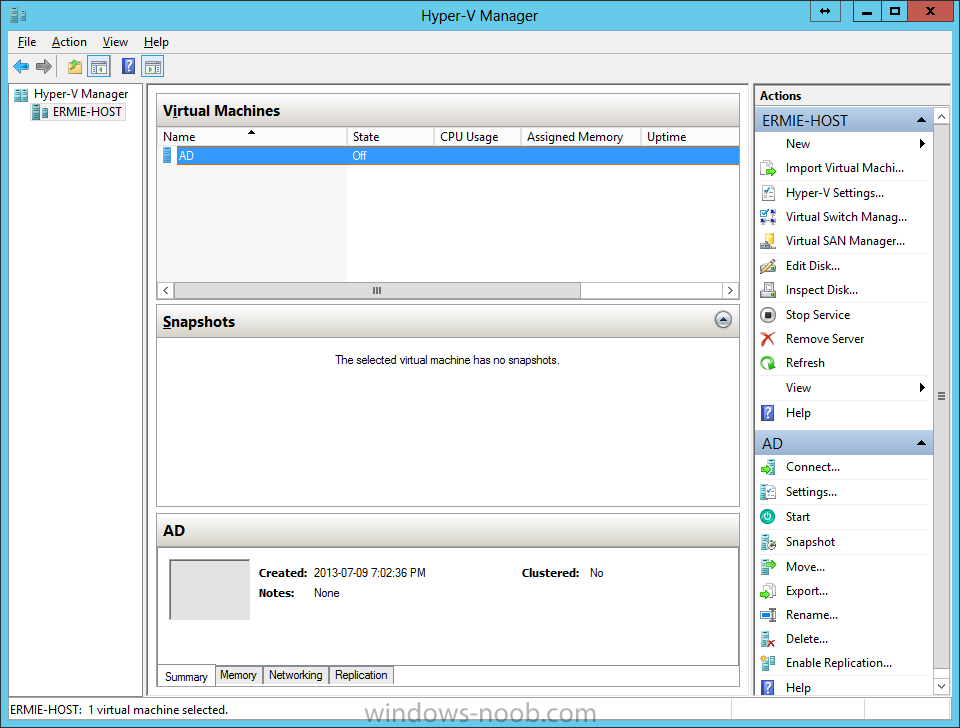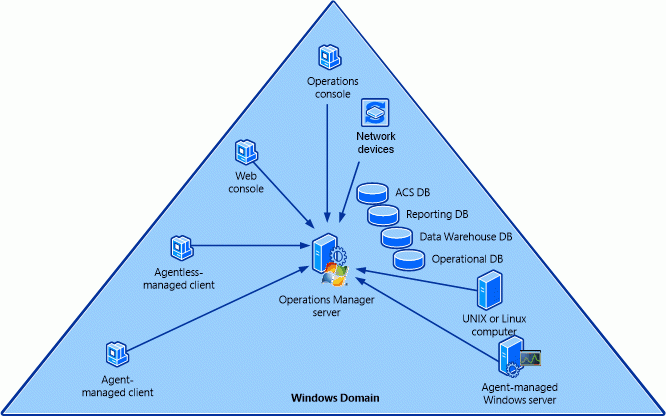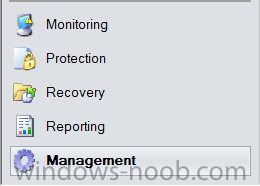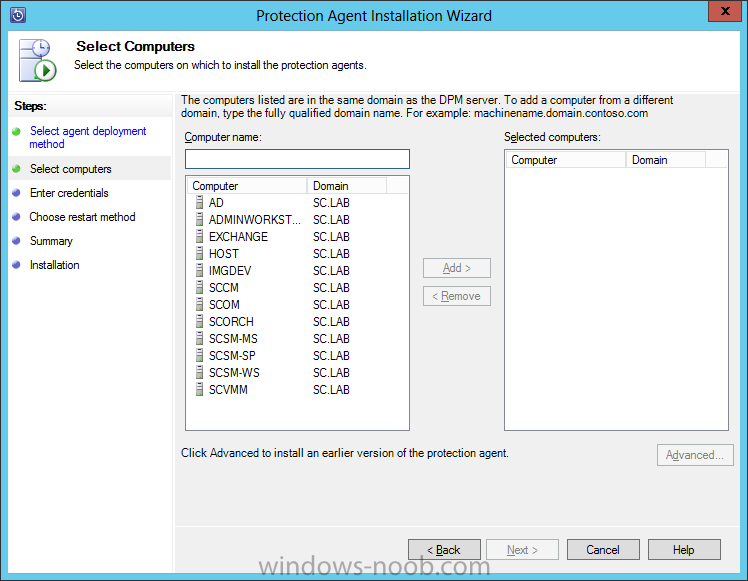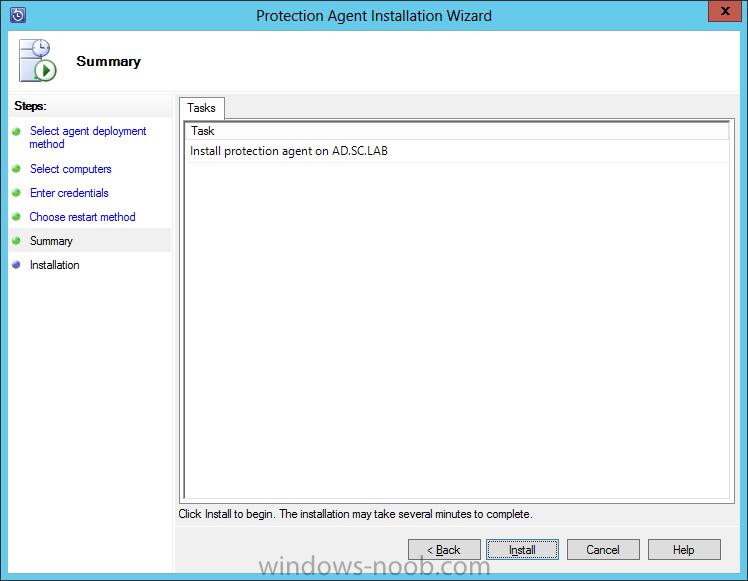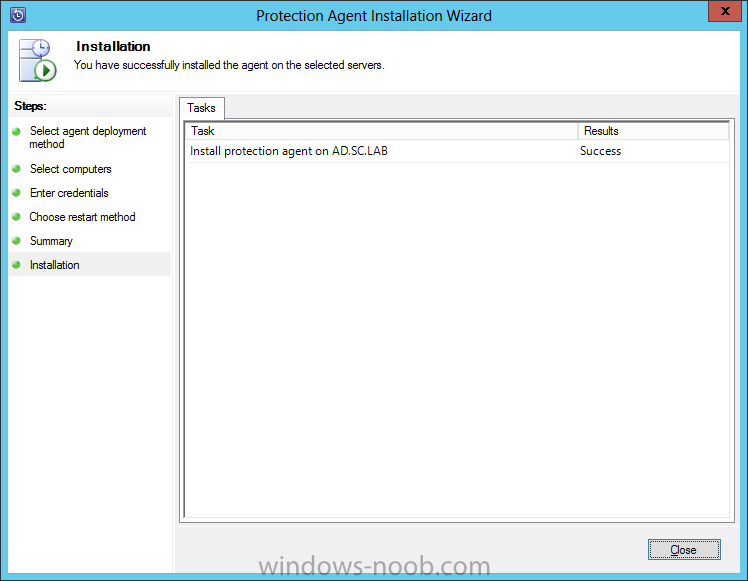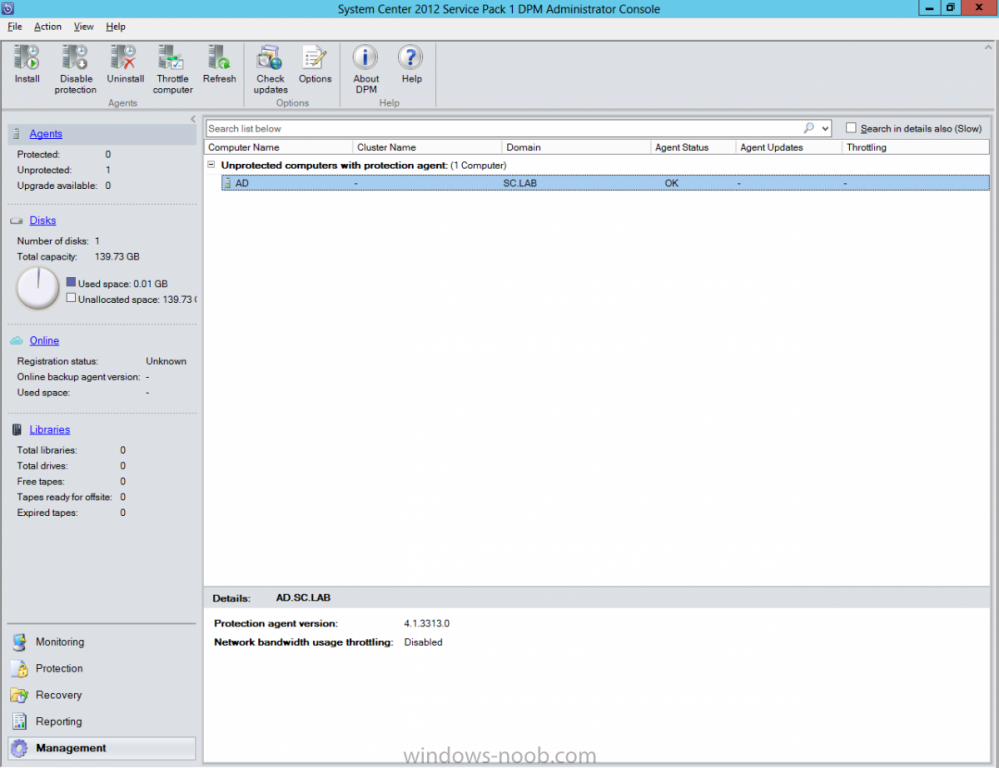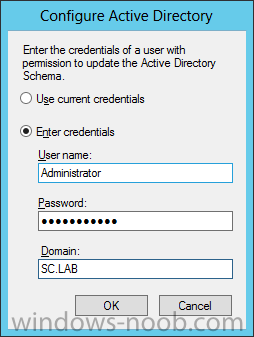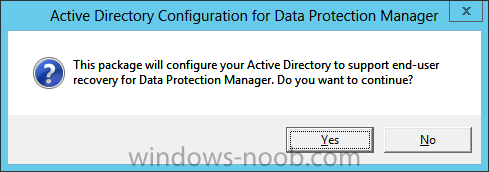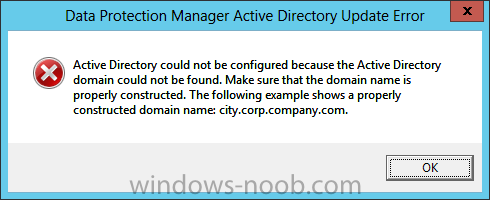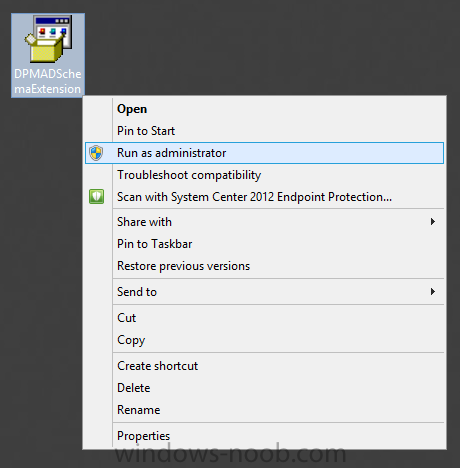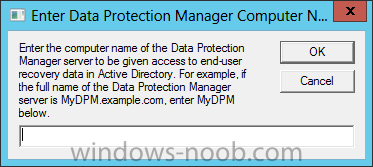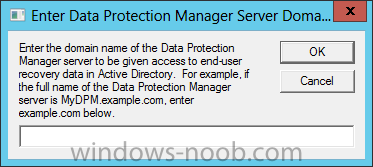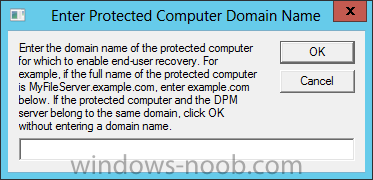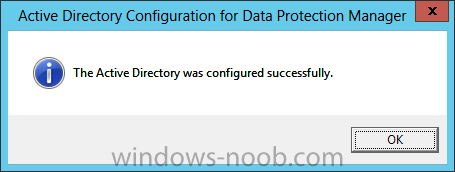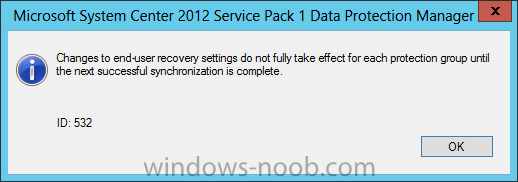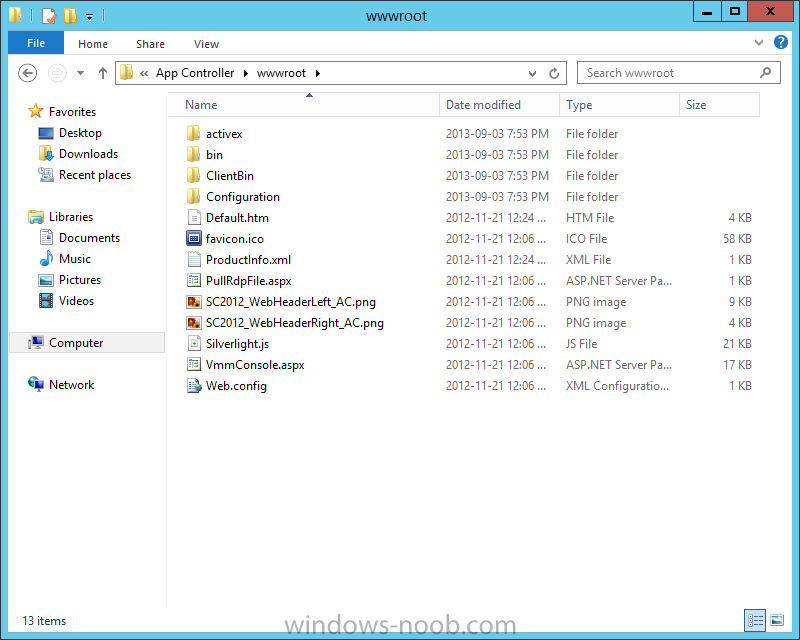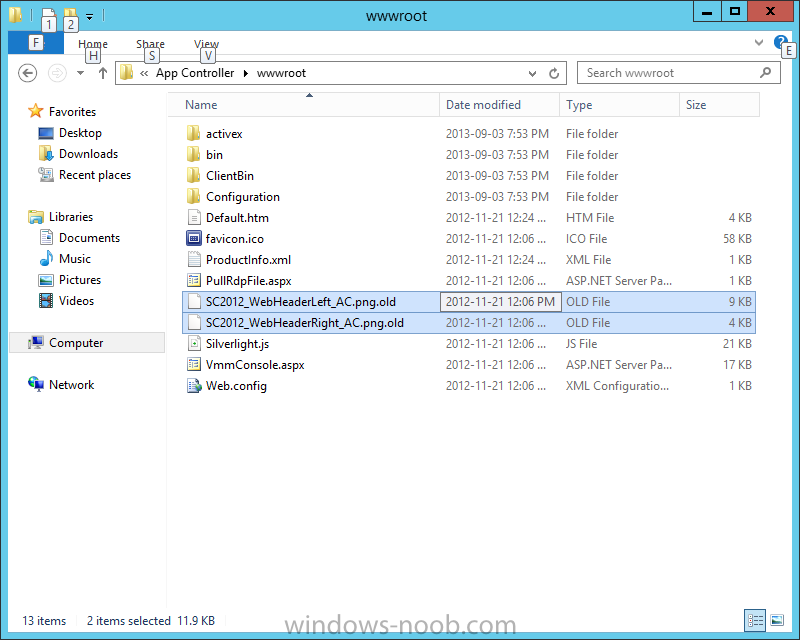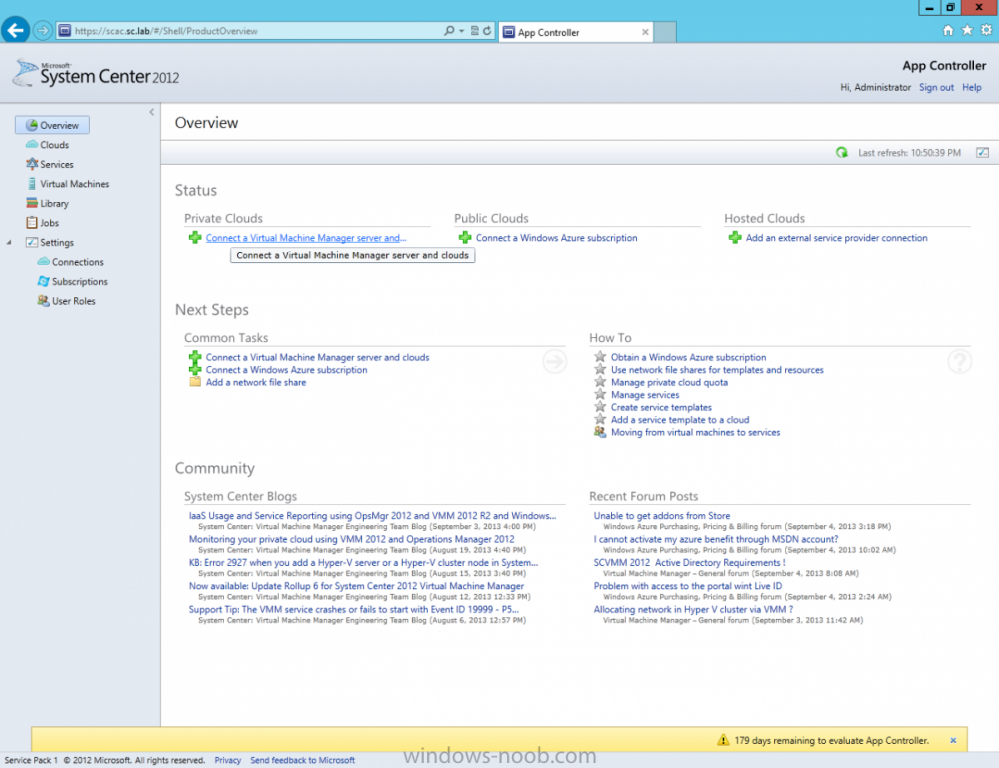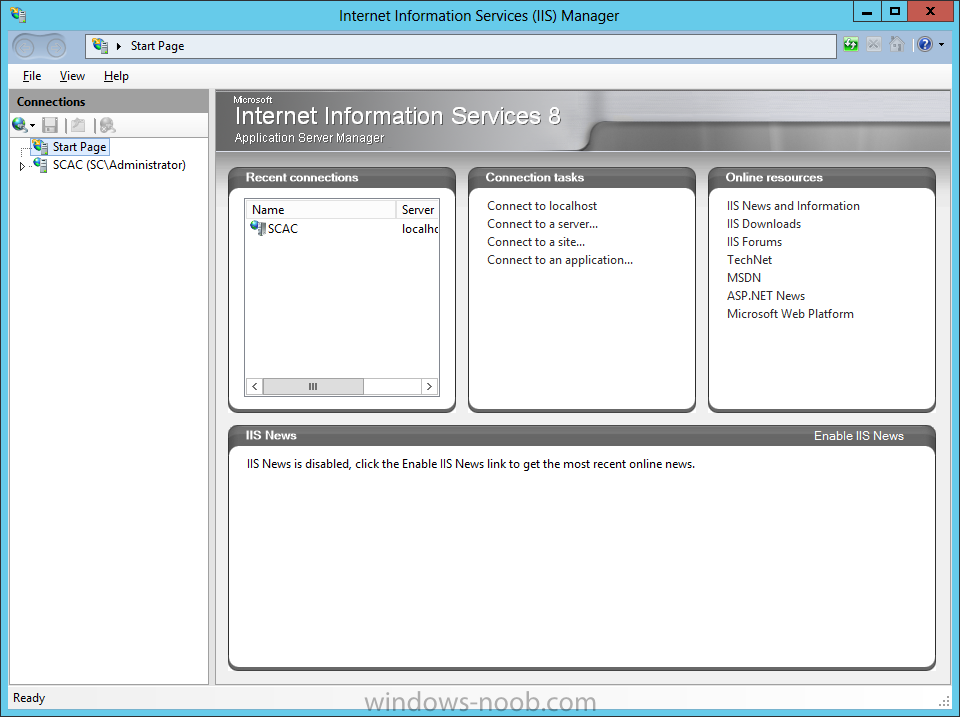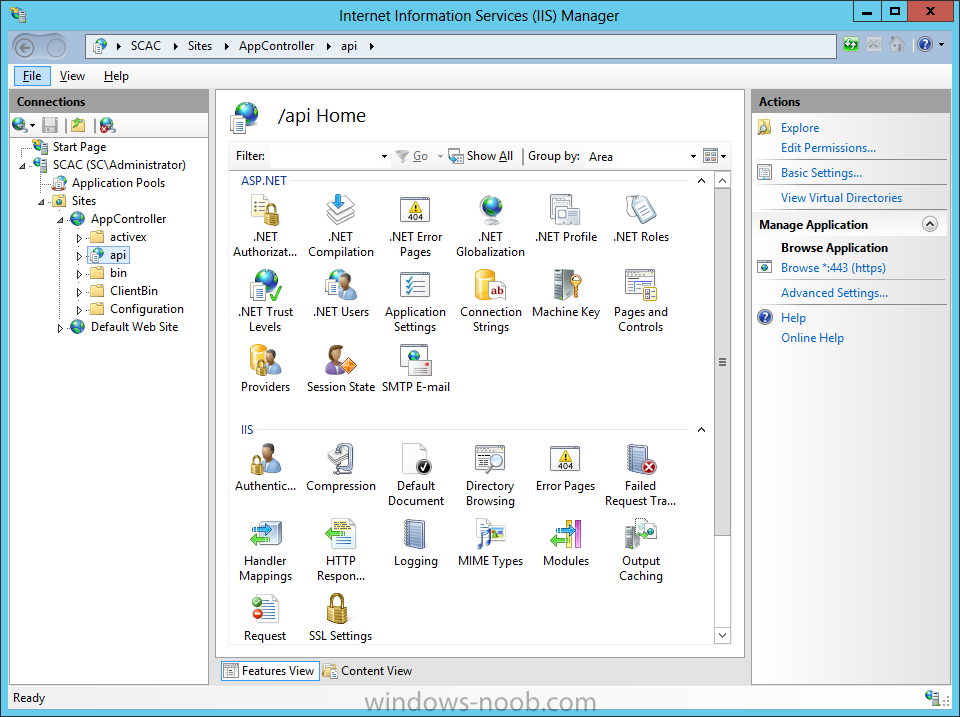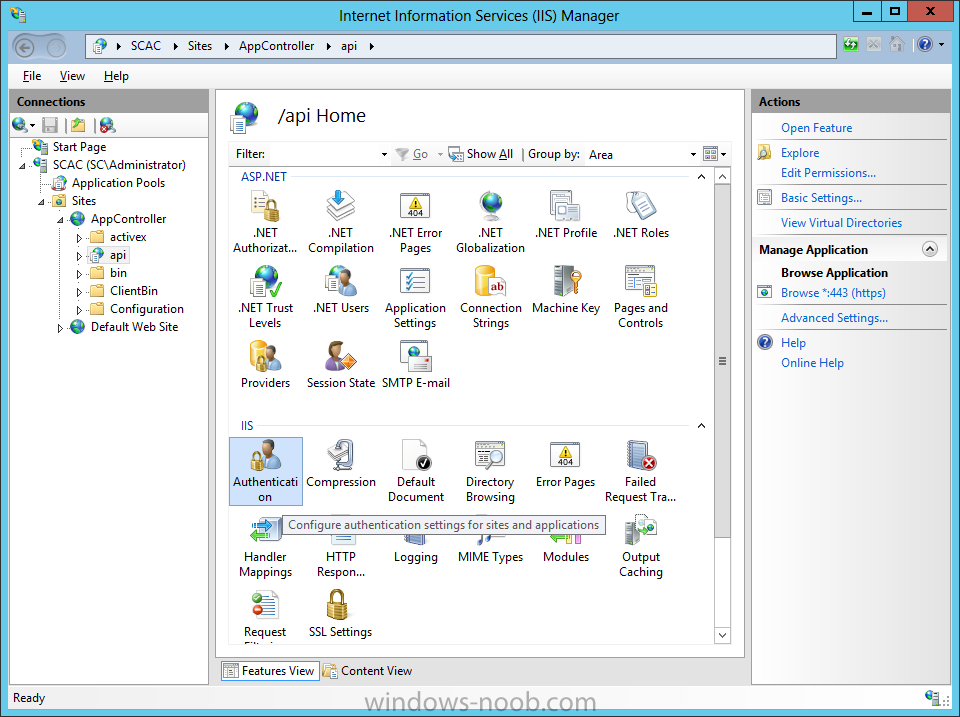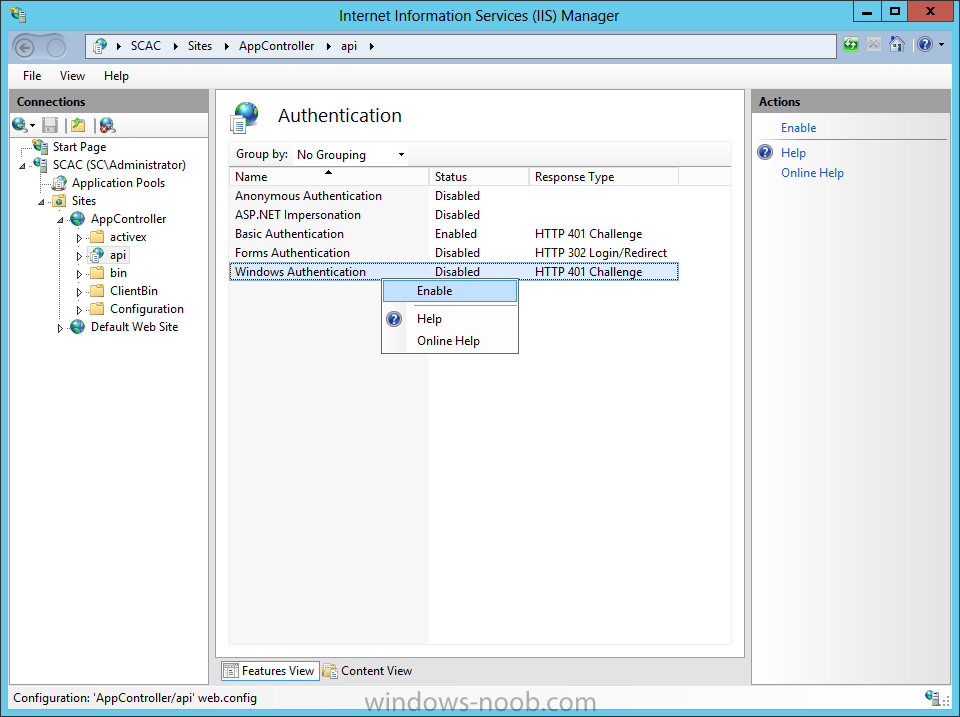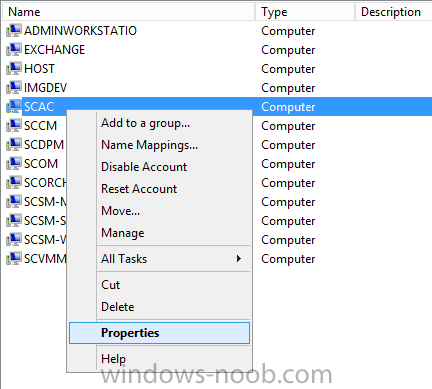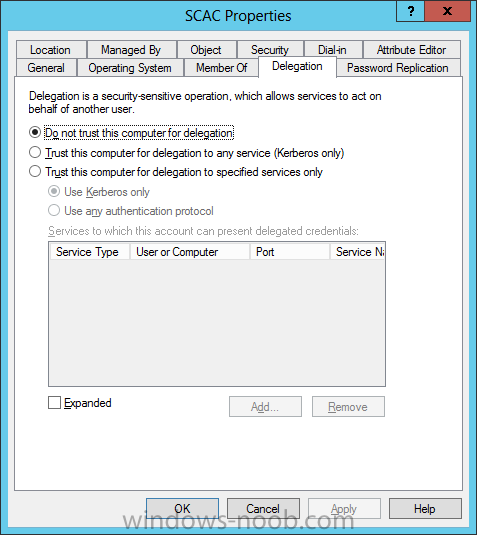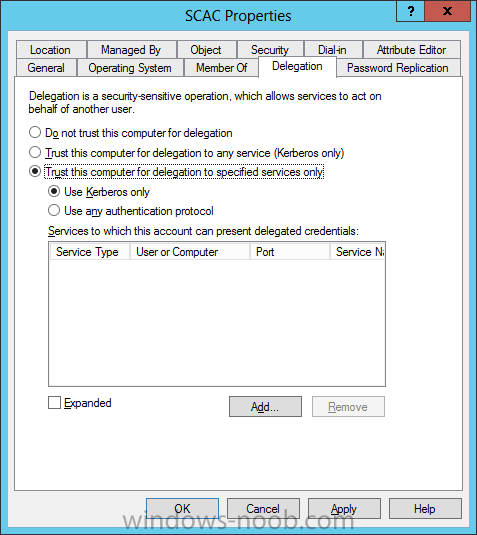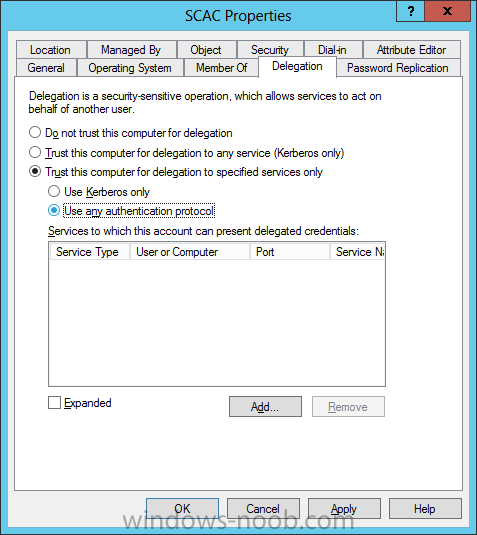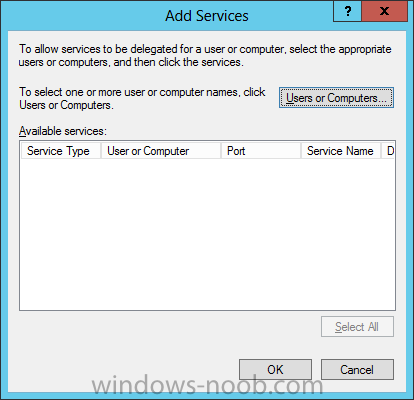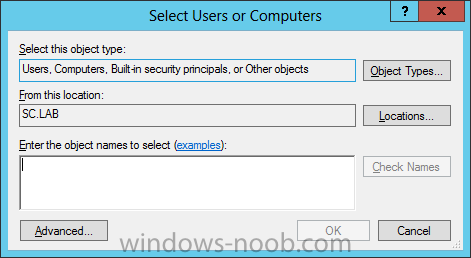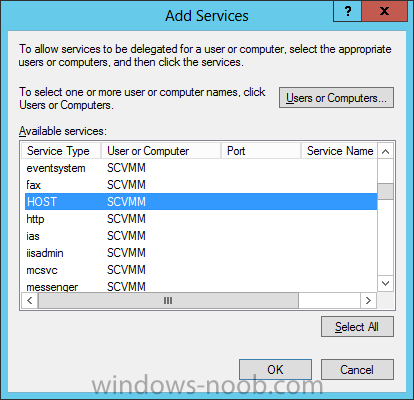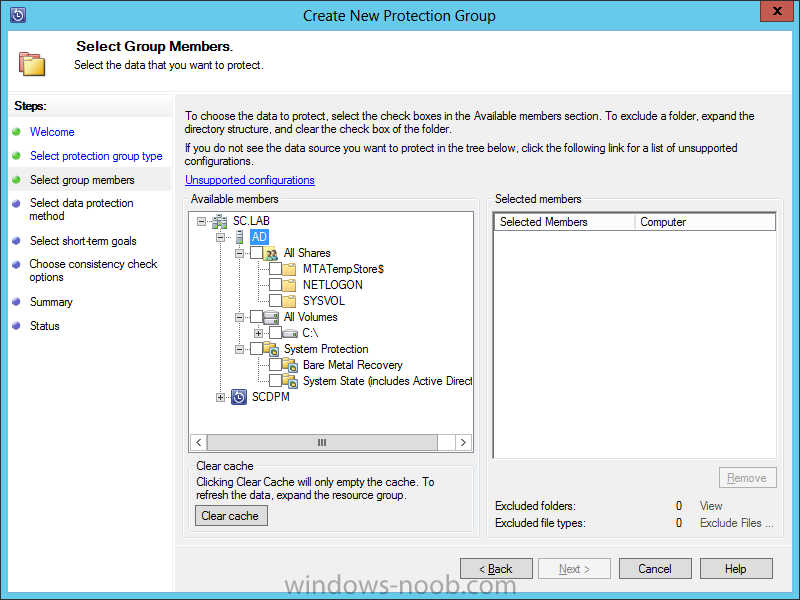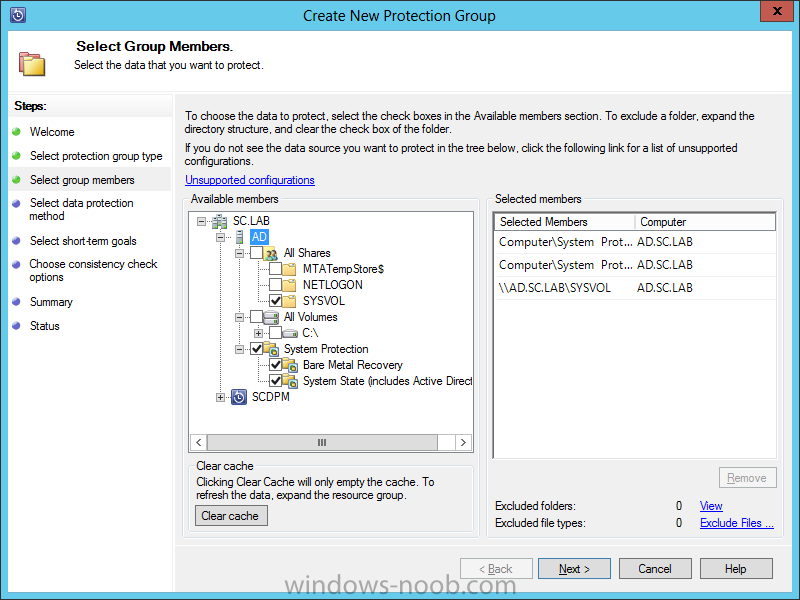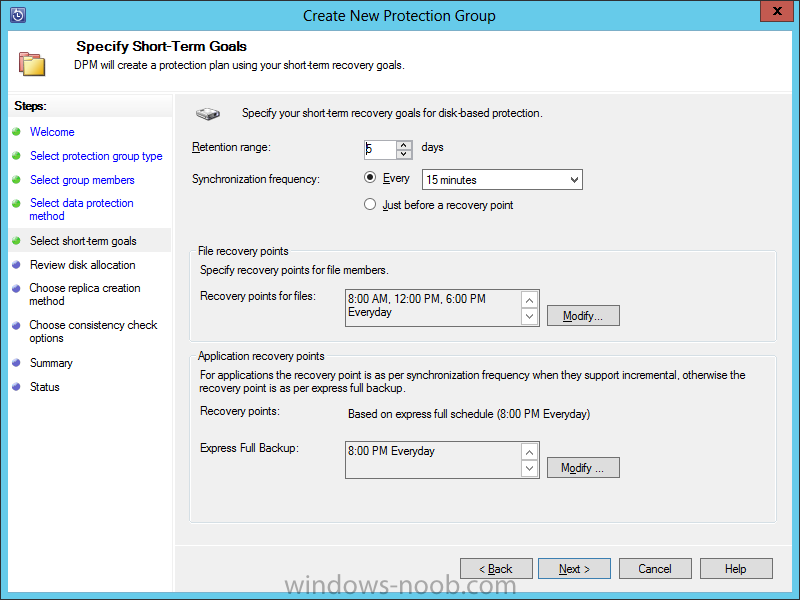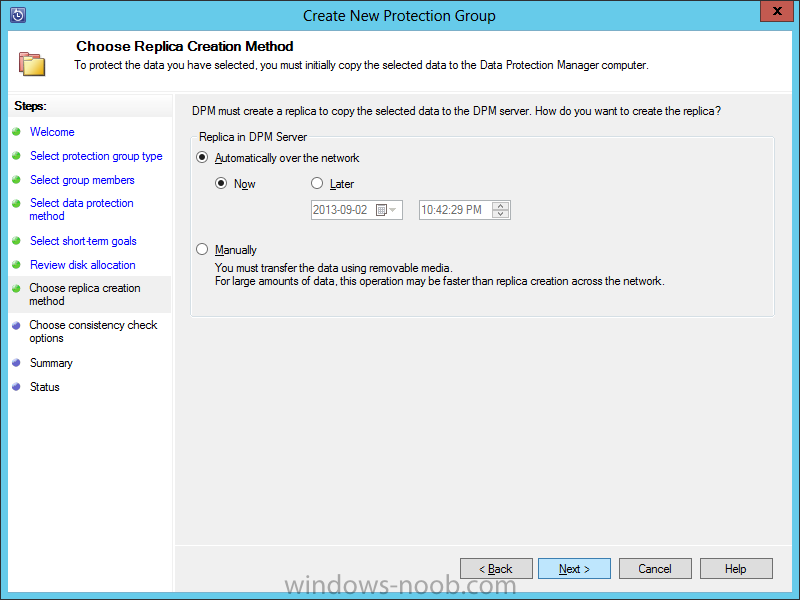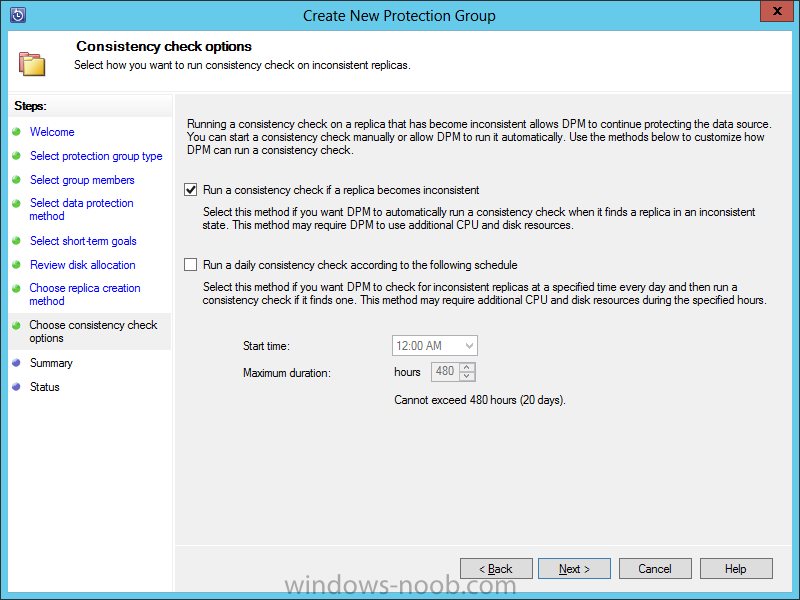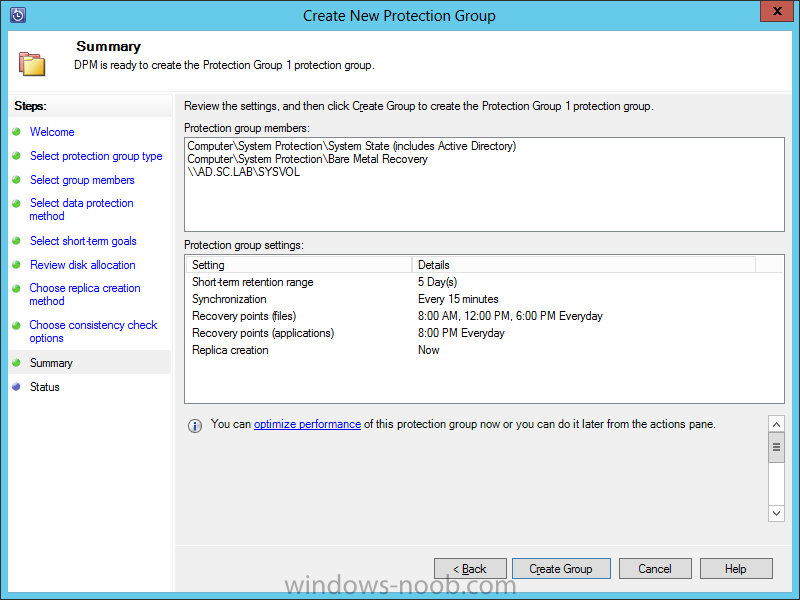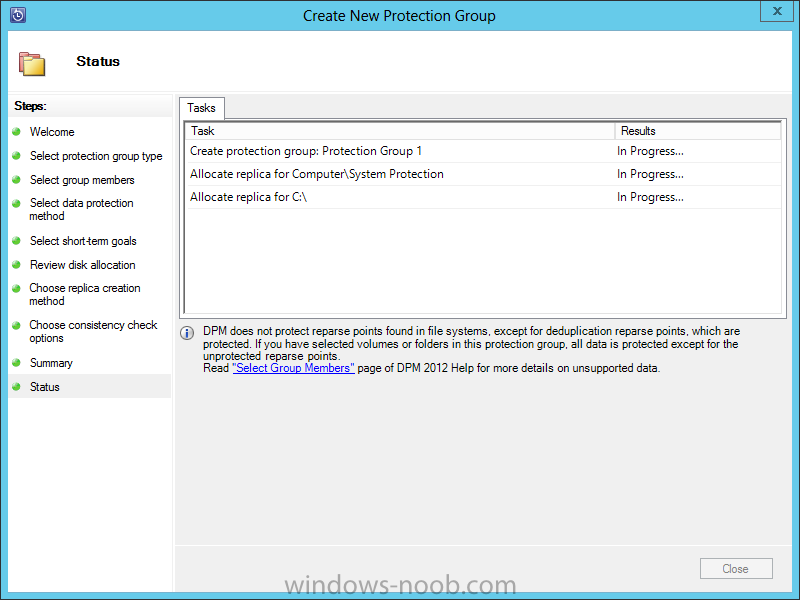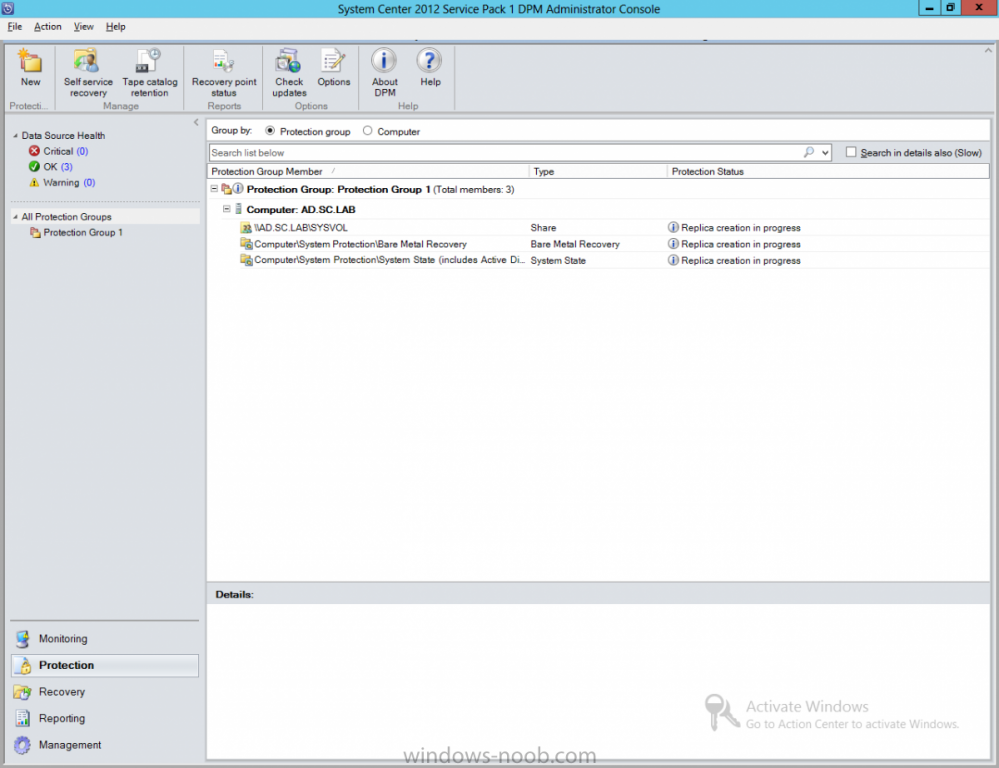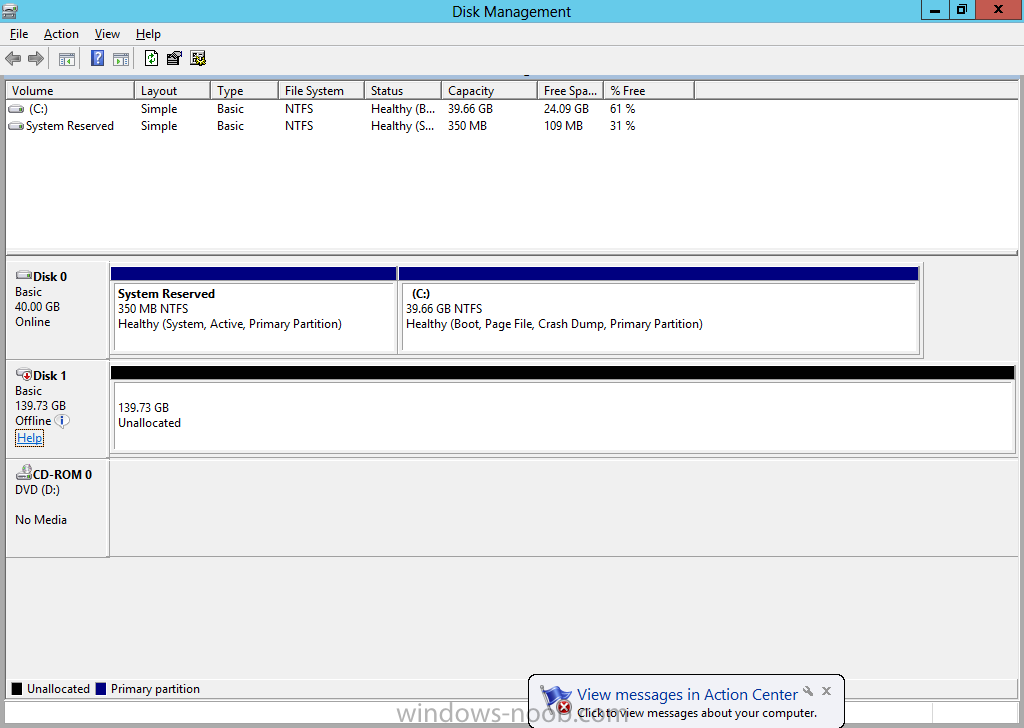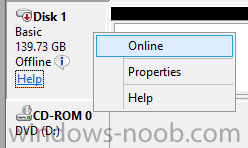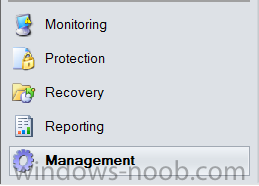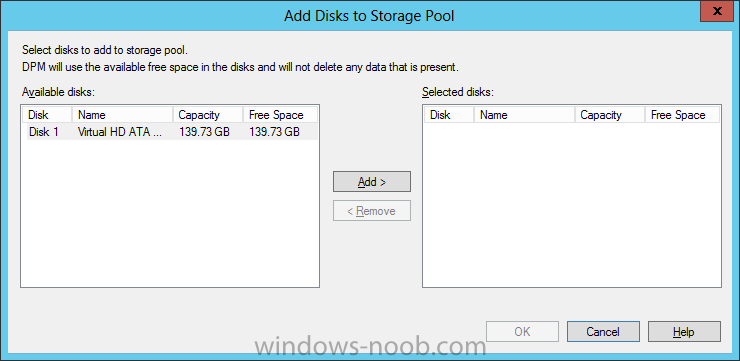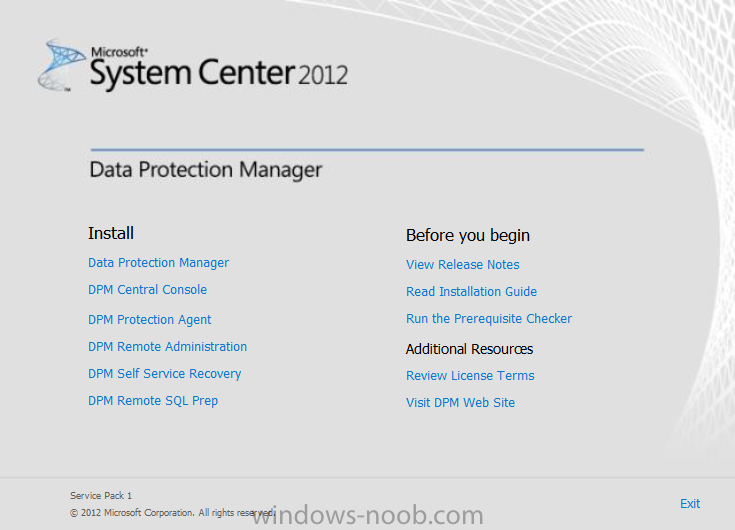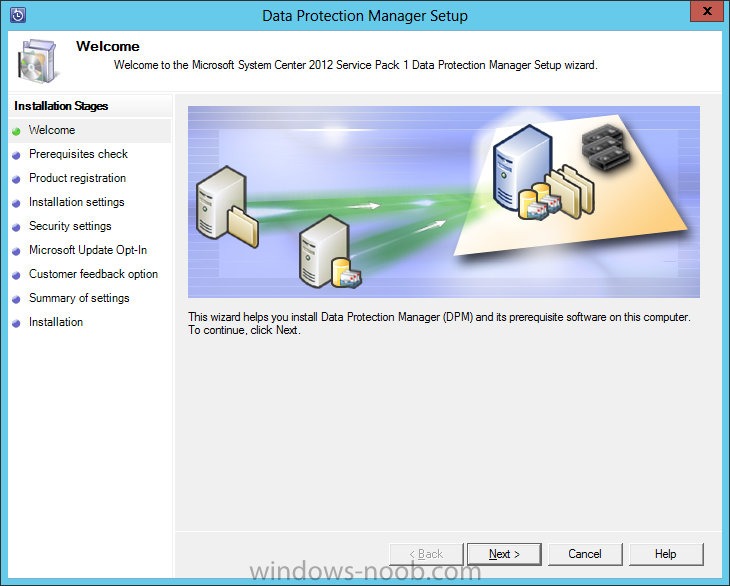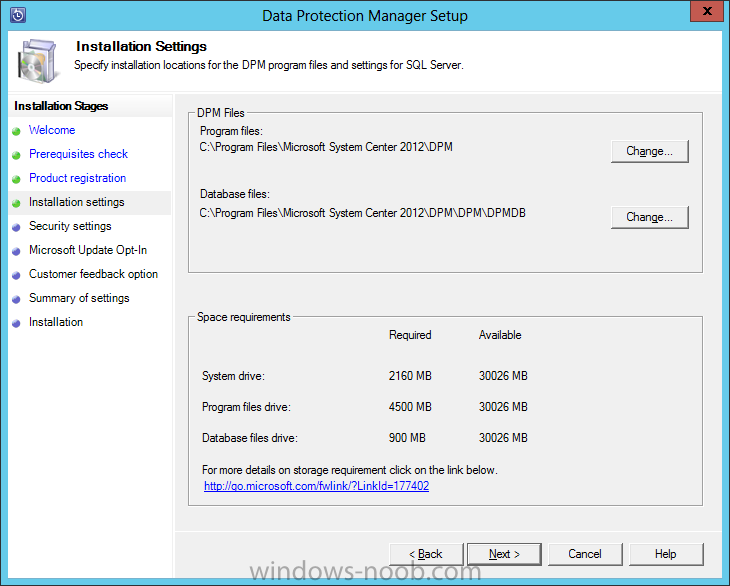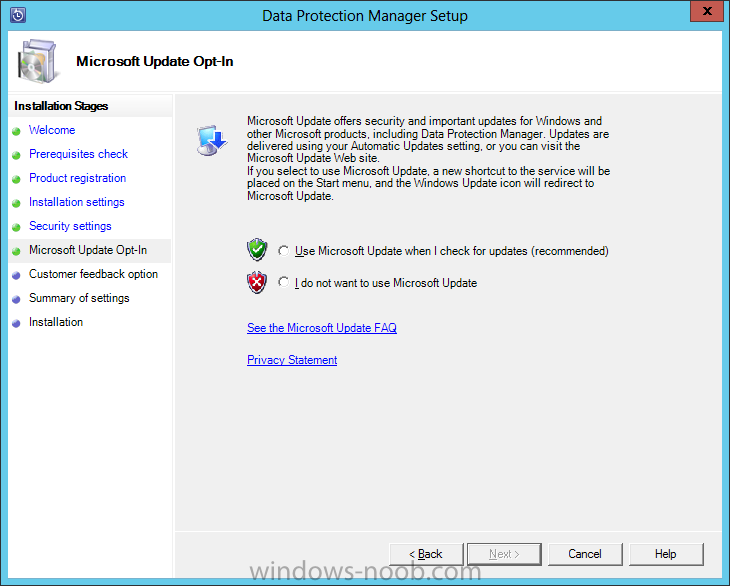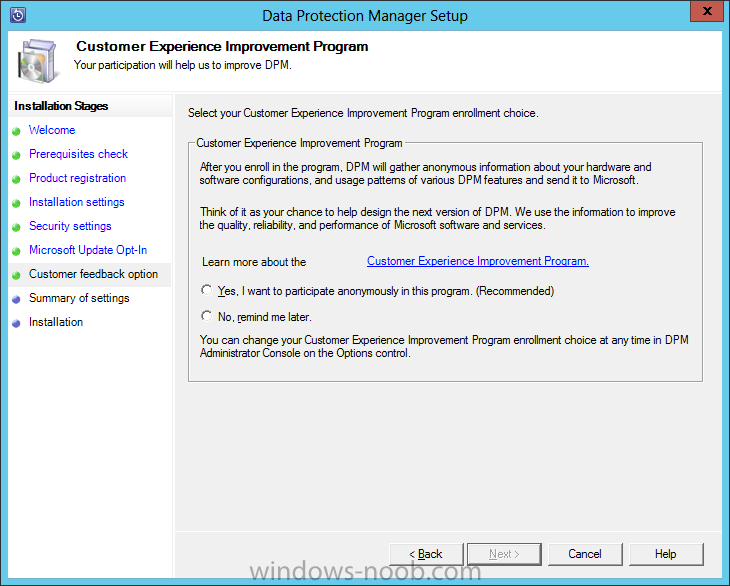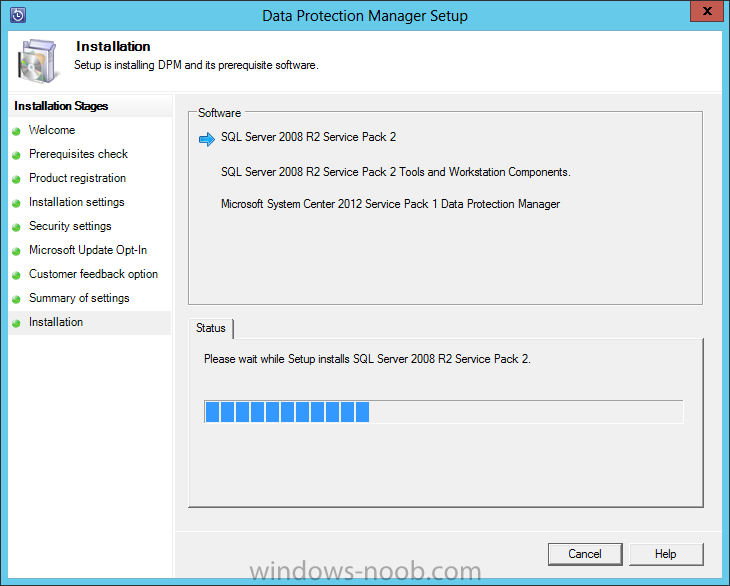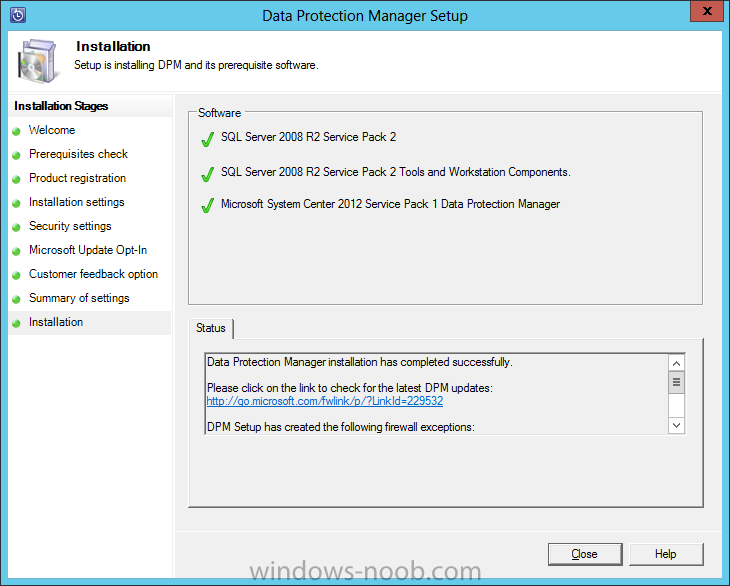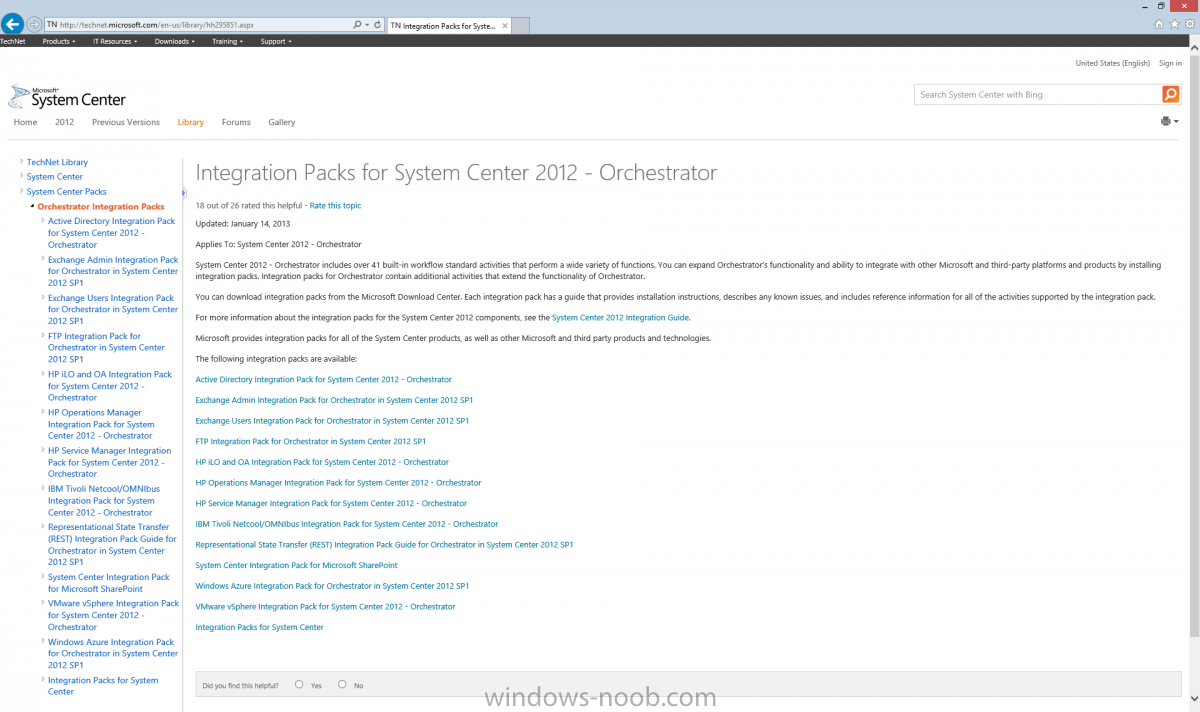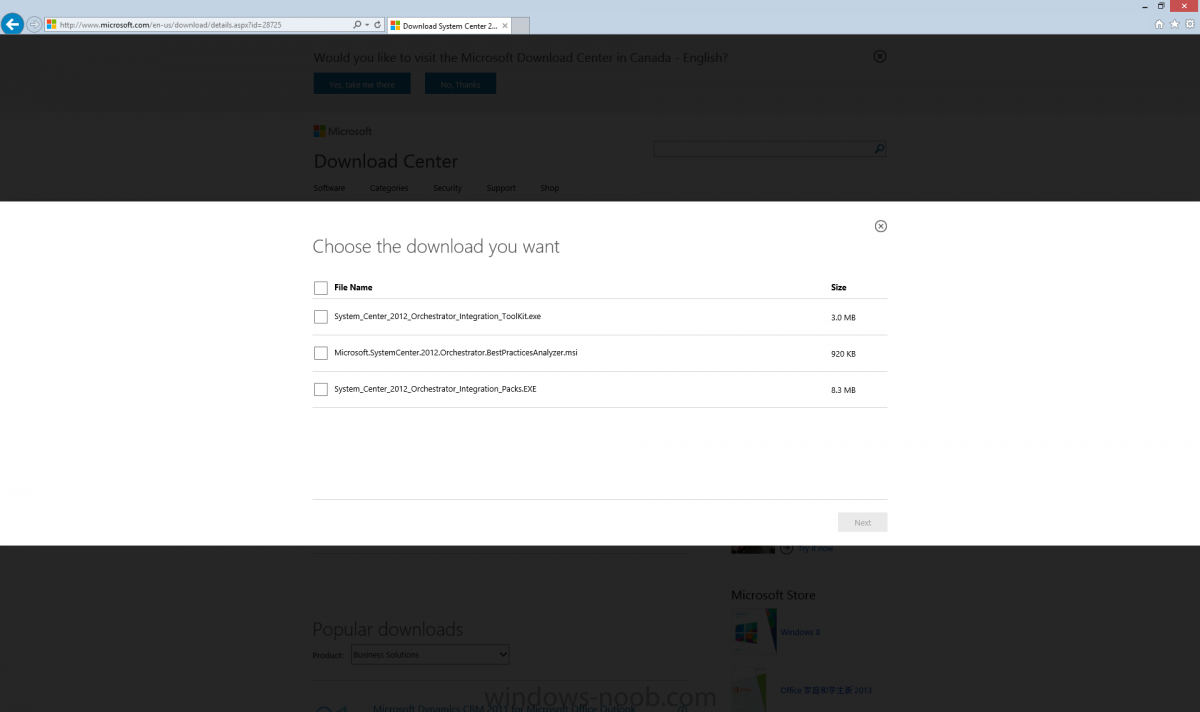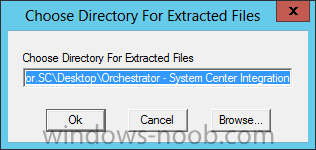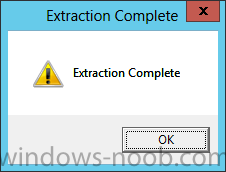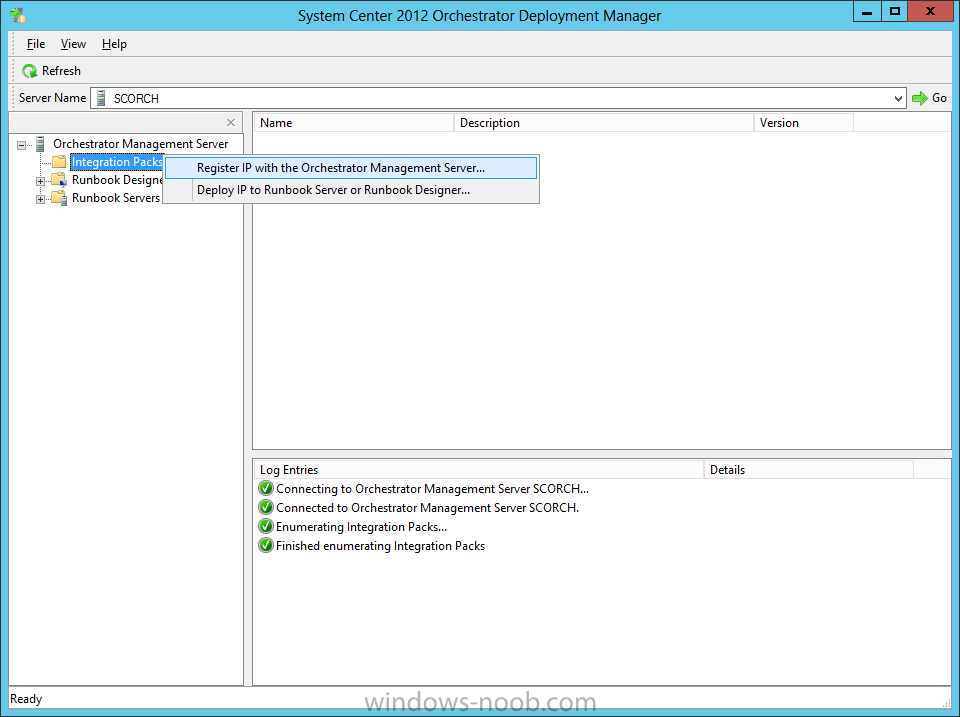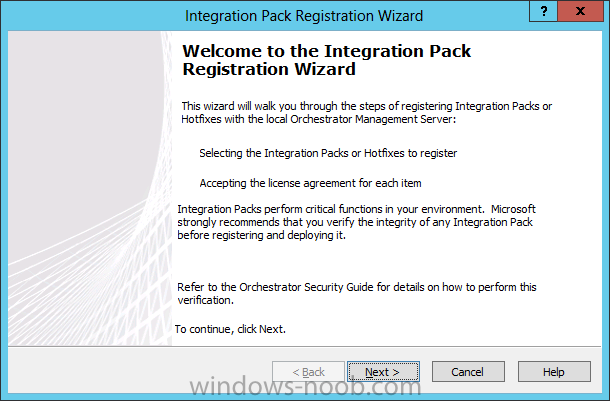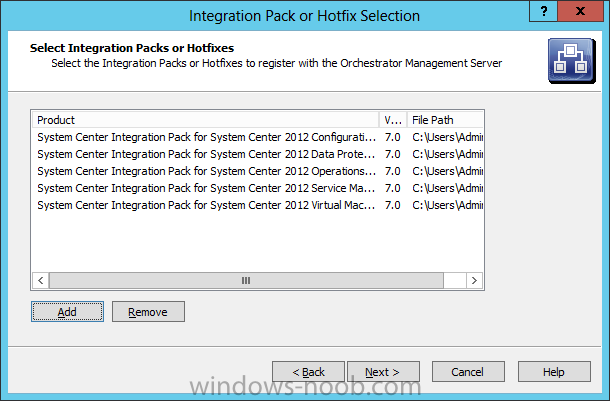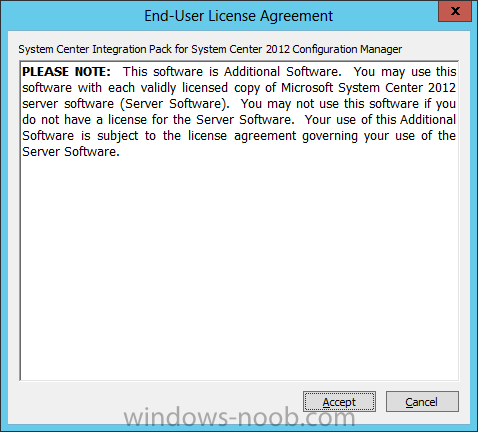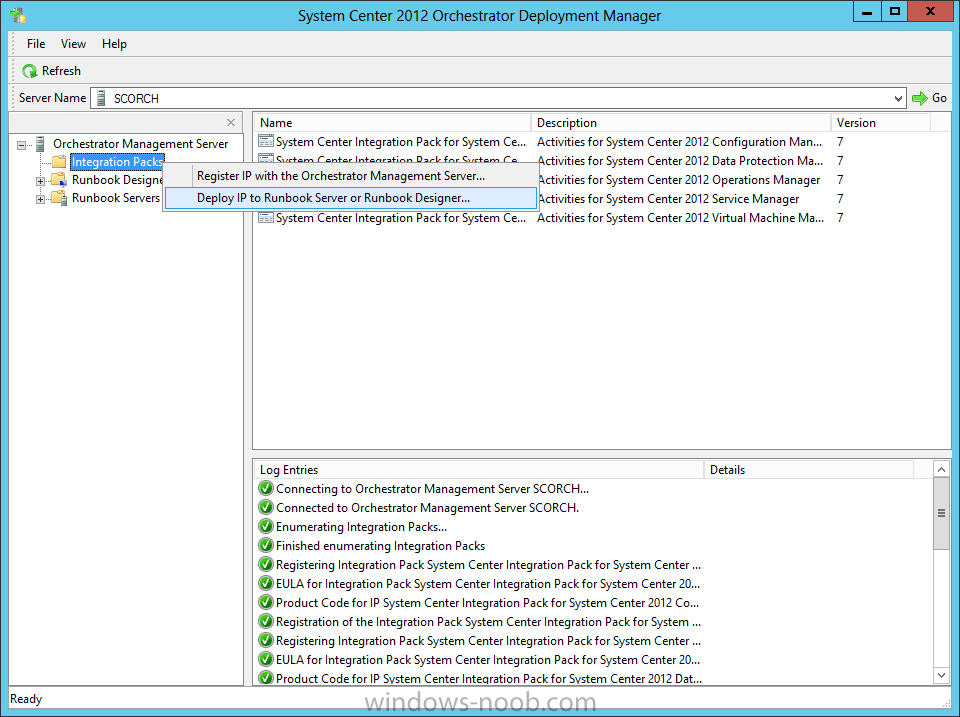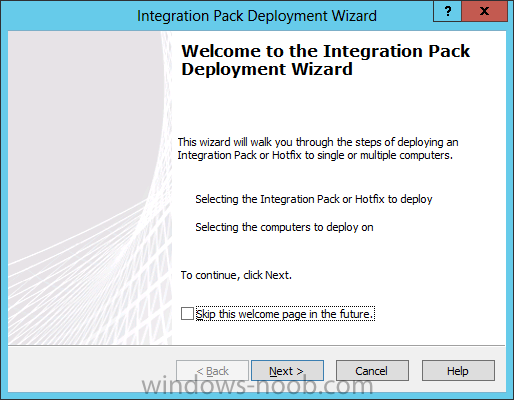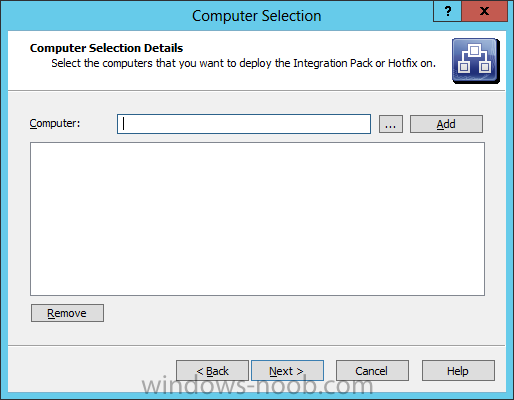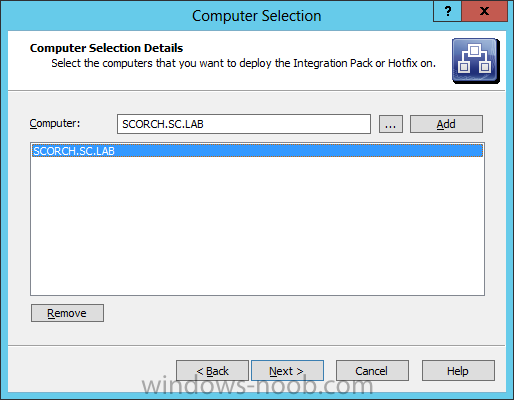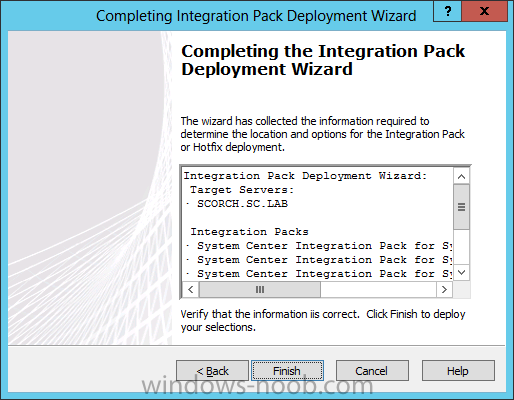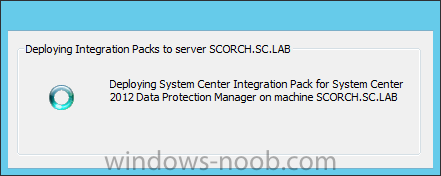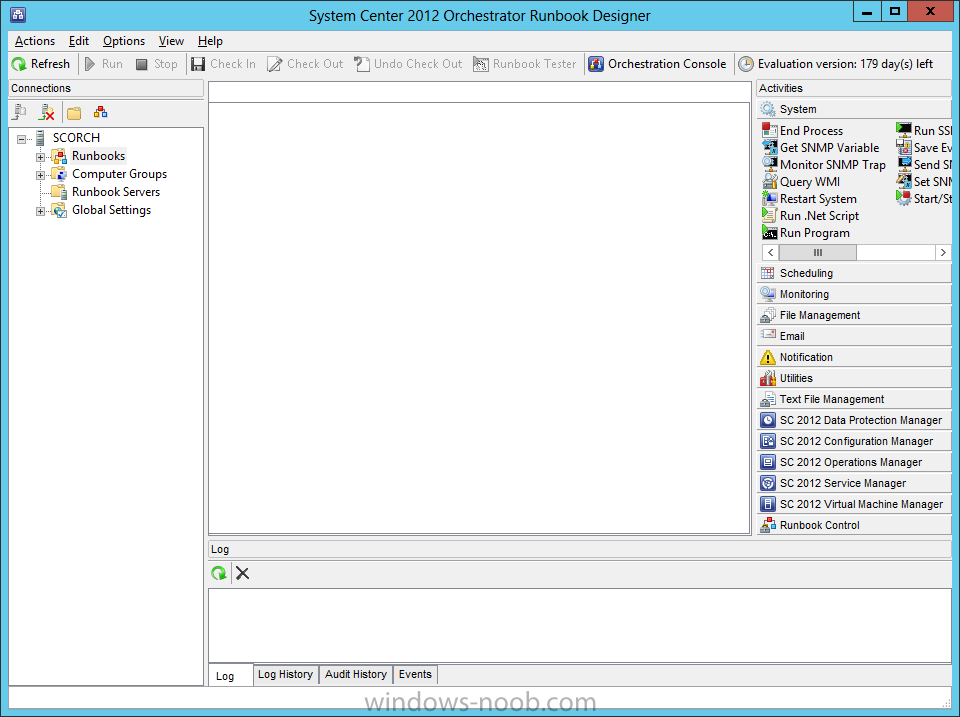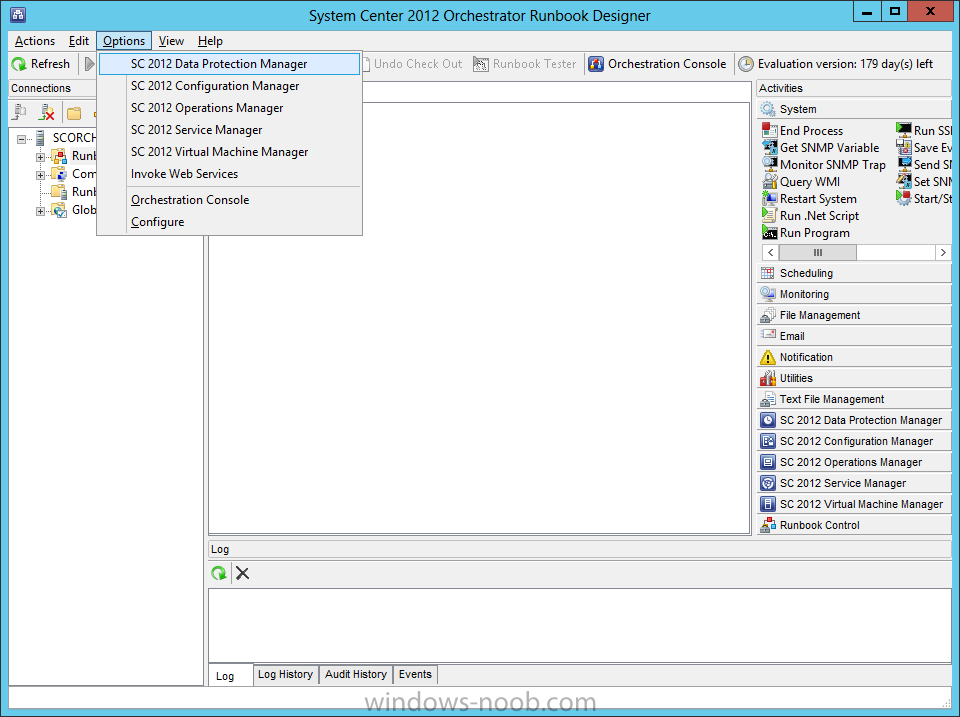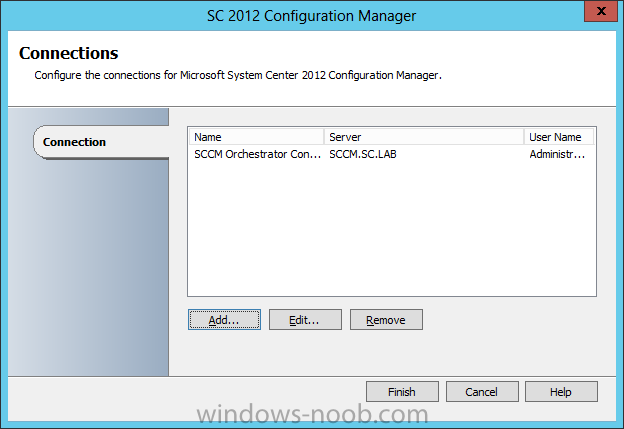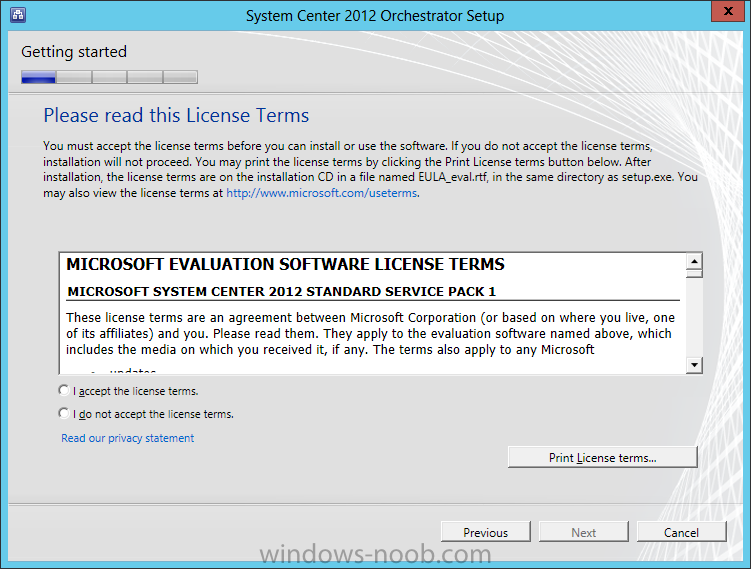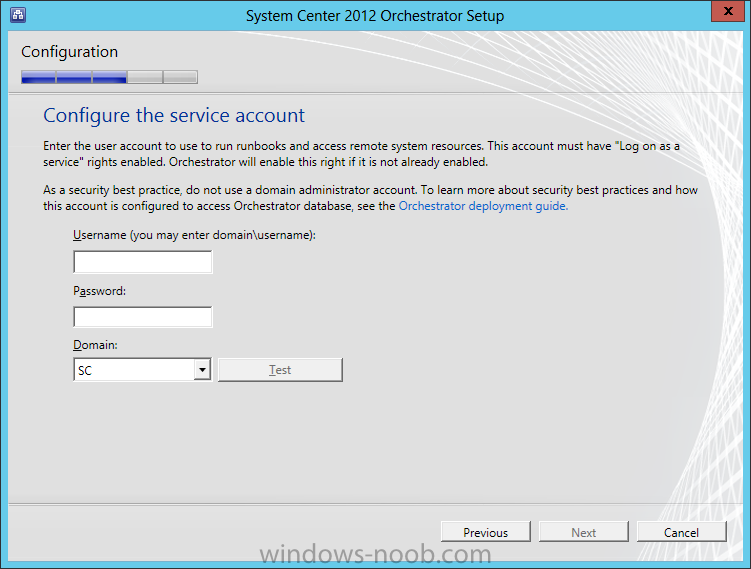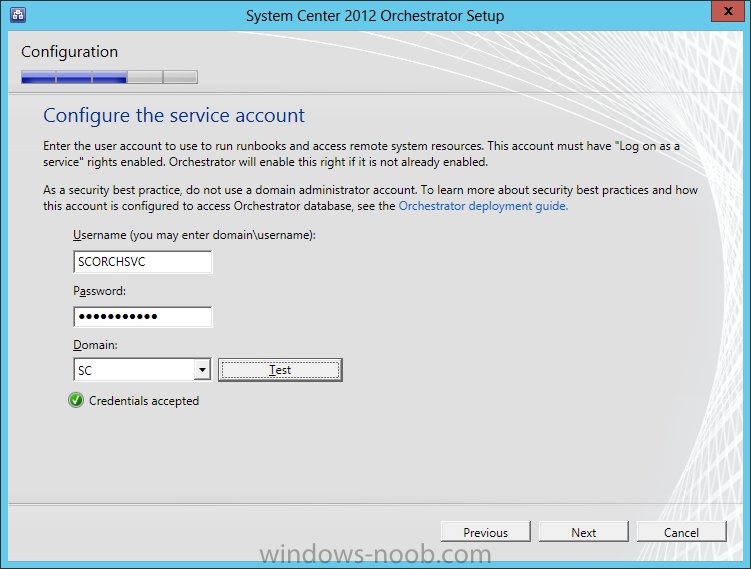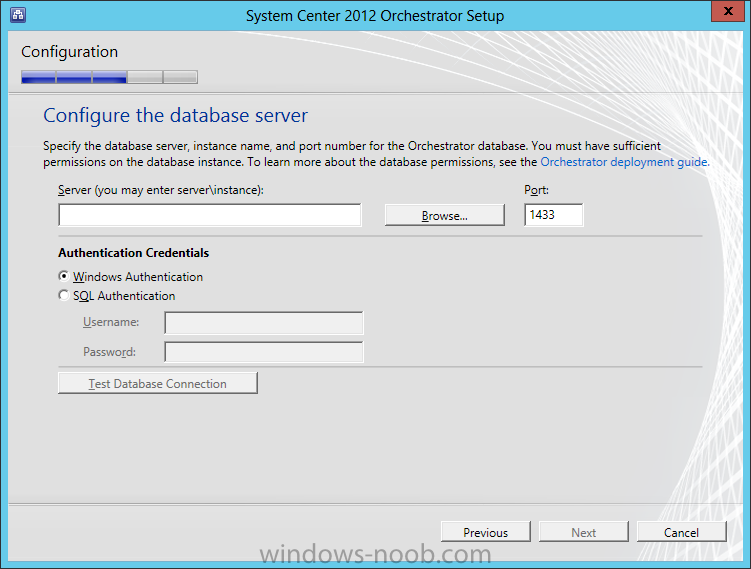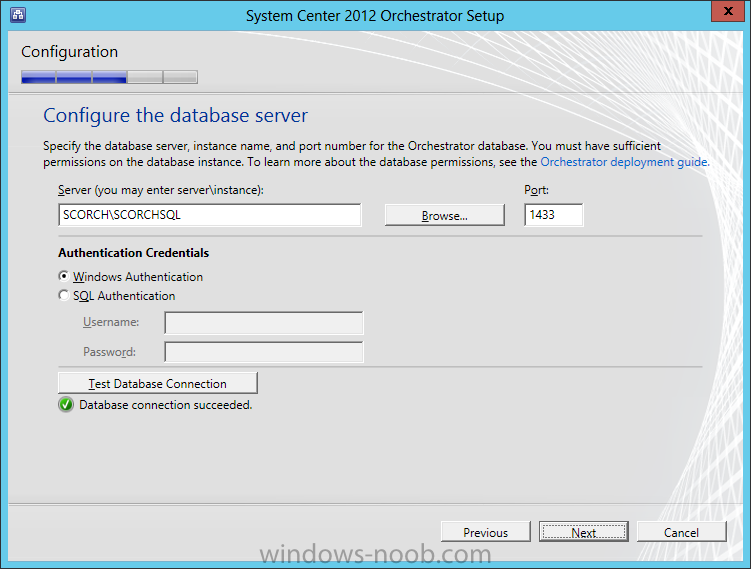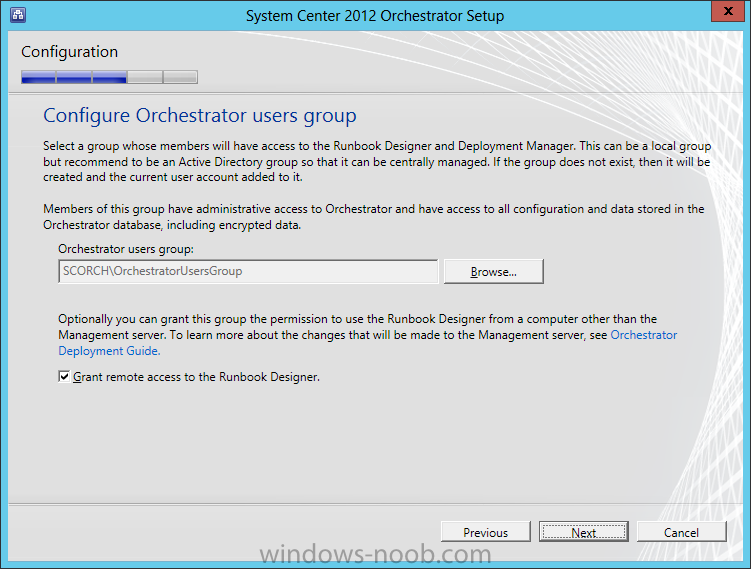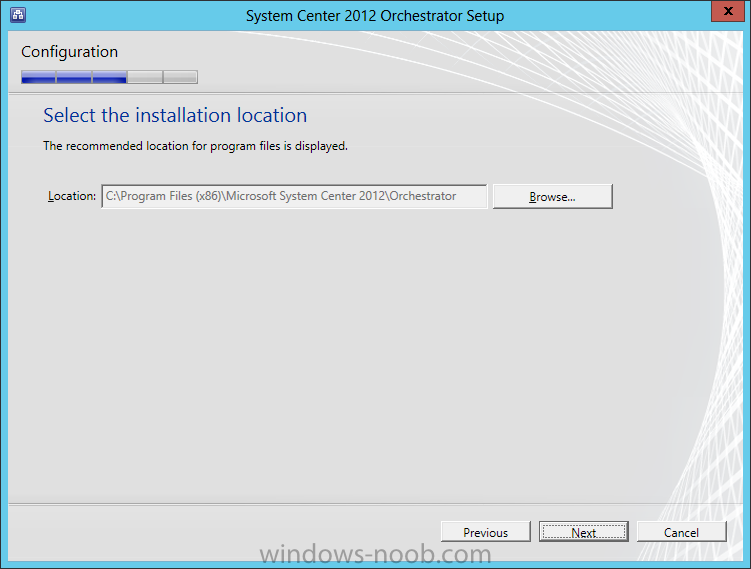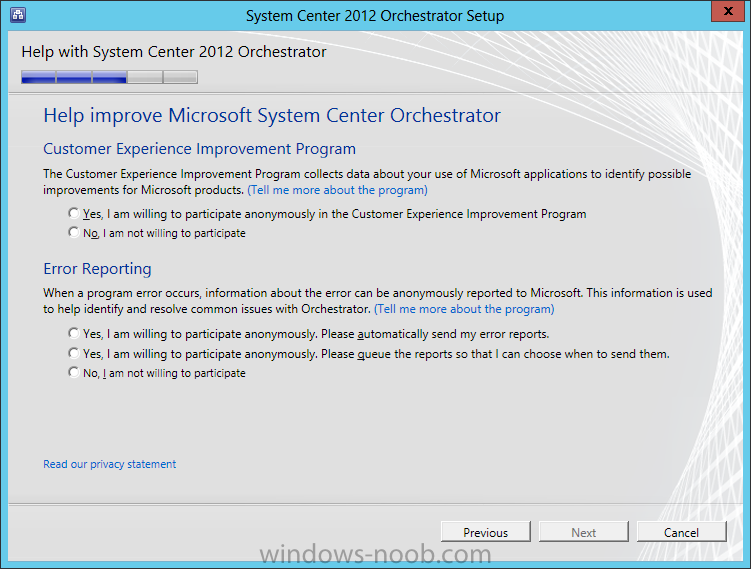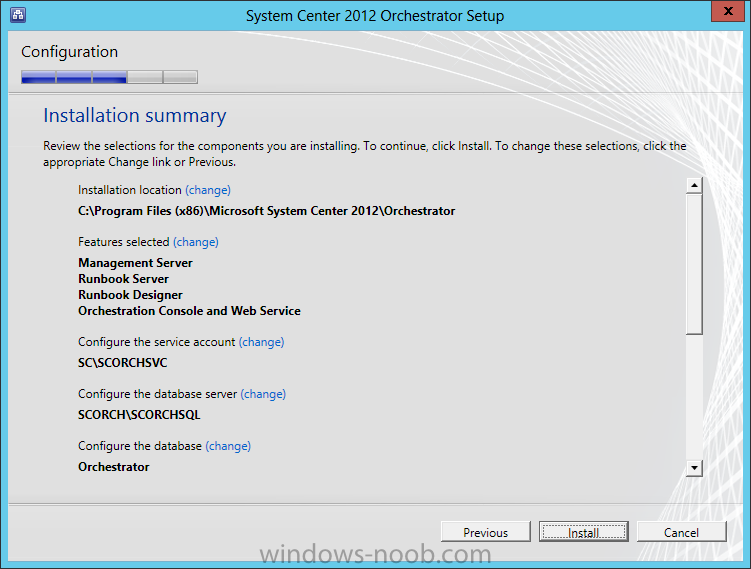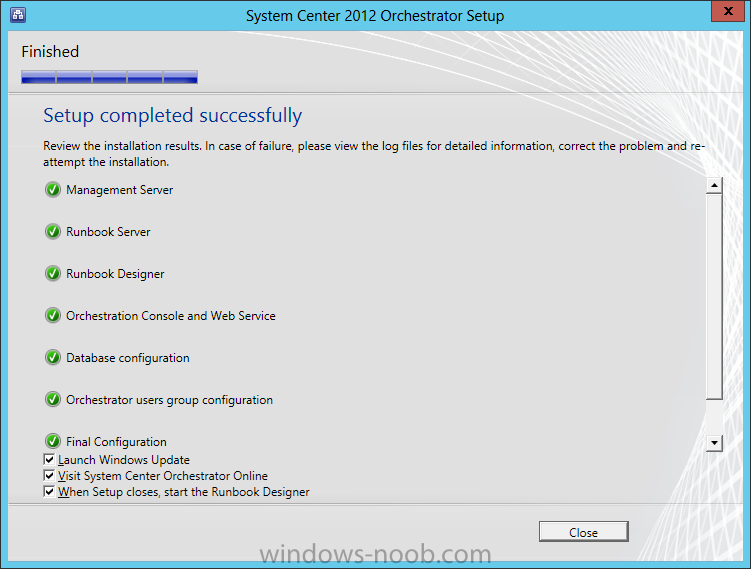Search the Community
Showing results for tags 'hyper-v'.
-
SCVMM and hyper v after power loss
mattfarnell posted a question in System Center Virtual Machine Manager
hi, hope someone can shed some light on this topic for me. We have just had a power loss to our server cab. In it contains 4 hypervisors and 2 san disk shelves. Our SCVMM server is virtual. When we restored power to the cab we were hoping the vm's would all start by them selves as specified in v... -

OSD PXE strange issue
matt1234 posted a question in Deploying Windows 10, Windows 8.1, Windows 7 and more...
Hi, Our main site has multiple locations, and a few of them within the US support and deploy our images from the main office via SCCM 2012 R2 SP1 CU3. We have been troubleshooting some network issues recently, that I believe we have cleaned up now. However during some deployment testing, we are... -
Everyone, I have an SCCM Server that is currently running in VMware, but we're moving all our environment over to Hyper-V. We have moved everything over by using the Microsoft Virtual Machine Converter Tool, and so far have had 0 issues. It scares me to mess with my SCCM server, but we're goin...
- 1 reply
-
- virtualization
- Rebuild
-
(and 2 more)
Tagged with:
-
Hello, I am running Windows 10 x64 Educational version on a virtual machine. My co-worker is running the same version on his physical box. We have both noticed that Windows 10 cannont connect to our Hyper-V host which runs on a windows 2012 server core machine. We get the following error: "An er...
-
- Windows 10
- Server 2012 Core
-
(and 1 more)
Tagged with:
-
SCOM 2012 SP1 in a LAB – Installation (Part A – Create The Lab Environment) TechNet Recommended Reading: Release Notes for the System Center 2012 Operations Manager SP1: http://technet.microsoft.com/en-us/library/jj656651.aspx Deploying System Center 2012 - Operations Manager: http://technet.m...
- 1 reply
-
- 2
-

-
- SCOM
- Operations Manager
-
(and 3 more)
Tagged with:
-
Install Protection AgentNow that we have DPM installed, it doesn’t protect our environment if there are no Agents installed. Start by launching the DPM console and navigating to the Management space. Next click on the Agents link. In the toolbar, click Install. On the Age...
- 1 reply
-
- DPM
- Data Protection Manager
- (and 4 more)
-
Installing SQL Server first is not required, as DPM will automatically install SQL Server for you as part of the application installation process. Since I install SQL on the local System Center server for each product, my example will allow DPM to install SQL on its own. If anyone is looki...
- 3 replies
-
- DPM
- Data Protection Manager
- (and 4 more)
-
Configure System Center Data Protection Manager – Configure End User Recovery Configure Active DirectoryIn reference to this TechNet article, by configuring Active Directory Domain Services to support end-user recovery. Start by launching the DPM console, and click on Management. In th...
- 5 replies
-
- DPM
- Data Protection Manager
- (and 4 more)
-
Customize the Organization LogoYou can customize the organization logo of the App Controller console. To customize the organization logoNavigate to the website root of the App Controller installation directory. By default, this is %PROGRAMFILES%\Microsoft System Center 2012\App Controller\wwwroo...
-
- SCAC
- App Controller
- (and 4 more)
-
Connect App Controller to A VMM Management ServerOn the App Controller server, open a browser and navigate to the app controller site (in this lab example my site URL is https://SCSM.SC.LAB). Click on the ‘Connect a Virtual Machine Manager server and…’ link. In the Connect dialog box, enter...
-
- SCAC
- App Controller
-
(and 4 more)
Tagged with:
-
Enable Single Sign-On How to Enable Single Sign-On for App ControllerBy default, App Controller is enabled to prompt users to sign in by entering their Active Directory user name and password. The following procedures describe how to configure App Controller to use the user’s current Windows credent...
-
- SCAC
- App Controller
- (and 4 more)
-
Install SQL Server At this point, since we will be installing SQL Server on the same server that we will be installing App Controller, it is expected that you have the VM created, the OS is installed, the appropriate networking has been configured, and it is joined to your lab domain. To avo...
-
- App Controller
- System Center 2012
- (and 4 more)
-
Install Active Directory Domain Services Now that we have the VMs created, and the OS installed on both, we need to first install/setup Active Directory (AD). When you log into a new installation of Server 2012, Server Manager will auto launch. From Server Manager, click on Manage, and choos...
-
- SCAC
- App Controller
- (and 4 more)
-
Install the Operating System Now that we have created the VMs for our lab, we can install the Operating System (OS). Start by connecting to one of the VMs, either by double clicking on the VM in Hyper-V Manager, right click the VM and choose Connect, or click on Connect from the Action pane/menu....
-
- SCAC
- App Controller
-
(and 3 more)
Tagged with:
-
Introduction: I use Hyper-V in my LAB and that's what all these virtual machines will be running on. In my lab, I have Windows Server 2012 Datacenter installed as the server OS on the host machine. All other virtual machines will be running Windows Server 2012 Standard edition, with the graphical u...
-
- SCAC
- App Controller
-
(and 3 more)
Tagged with:
-
Protection GroupsIn order for DPM to protect our data, we need to have the DPM Protection Agent installed. But that’s not enough. We also need to add the system to a Protection Group. That’s what we will document here. Start by launching the DPM console, and navigating to the Protection area....
-
- DPM
- Data Protection Manager
- (and 4 more)
-
Configure System Center Data Protection Manager – Add Disks Adding a Physical Disk to a Hyper-V Virtual Machine NOTE: Some of these steps will need to be completed on the physical Hyper-V host, and others will be completed in the DPM VM after you have installed the Operating System. In order fo...
-
- 1
-

-
- DPM
- Data Protection Manager
- (and 3 more)
-
Install System Center Data Protection ManagerWe are now finally ready to install DPM. Install PrerequisitesTo start, before we will actually be able to install SCDPM, we have to install a few prerequisites. § .NET Framework 3.5 SP1 Install SCDPMStart by either extracting the DVD contents,...
-
- DPM
- Data Protection Manager
- (and 3 more)
-
Install the Operating System Now that we have created the VMs for our lab, we can install the Operating System (OS). Start by connecting to one of the VMs, either by double clicking on the VM in Hyper-V Manager, right click the VM and choose Connect, or click on Connect from the Action pane/menu....
-
- DPM
- Data Protection Manager
- (and 3 more)
-
Install the Operating System Now that we have created the VMs for our lab, we can install the Operating System (OS). Start by connecting to one of the VMs, either by double clicking on the VM in Hyper-V Manager, right click the VM and choose Connect, or click on Connect from the Action pane/menu....
-
- Service Manager
- System Center 2012
-
(and 2 more)
Tagged with:
-
Introduction: I use Hyper-V in my LAB and that's what all these virtual machines will be running on. In my lab, I have Windows Server 2012 Datacenter installed as the server OS on the host machine. All other virtual machines will be running Windows Server 2012 Standard edition, with the graphical u...
-
- Service Manager
- System Center 2012
- (and 3 more)
-
Hello everyone, if you have been following along with my guides, you should now have Orchestrator installed. Orchestrator includes over 41 built-in workflow standard activities that perform a wide variety of functions. You can expand Orchestrator’s functionality and ability to integrate with oth...
-
- System Center 2012
- Orchestrator
- (and 3 more)
-
We are now finally ready to install SCORCH. Install Prerequisites To start, before we will actually be able to install SCORCH, we have to install a few prerequisites. .NET Framework 3.5 SP1 .NET Framework 4.0 IIS (Web Server role) Install System Center Orchestrator Start by either extracti...
-
- 1
-

-
- System Center 2012
- Orchestrator
-
(and 2 more)
Tagged with:
-
In our last post, we installed Active Directory. Now we will install SQL Server. Install SQL Server At this point, since we will be installing SQL Server on the same server that we will be installing Orchestrator, it is expected that you have the VM created, the OS is installed, the appropri...
-
- System Center 2012
- Orchestrator
- (and 3 more)










